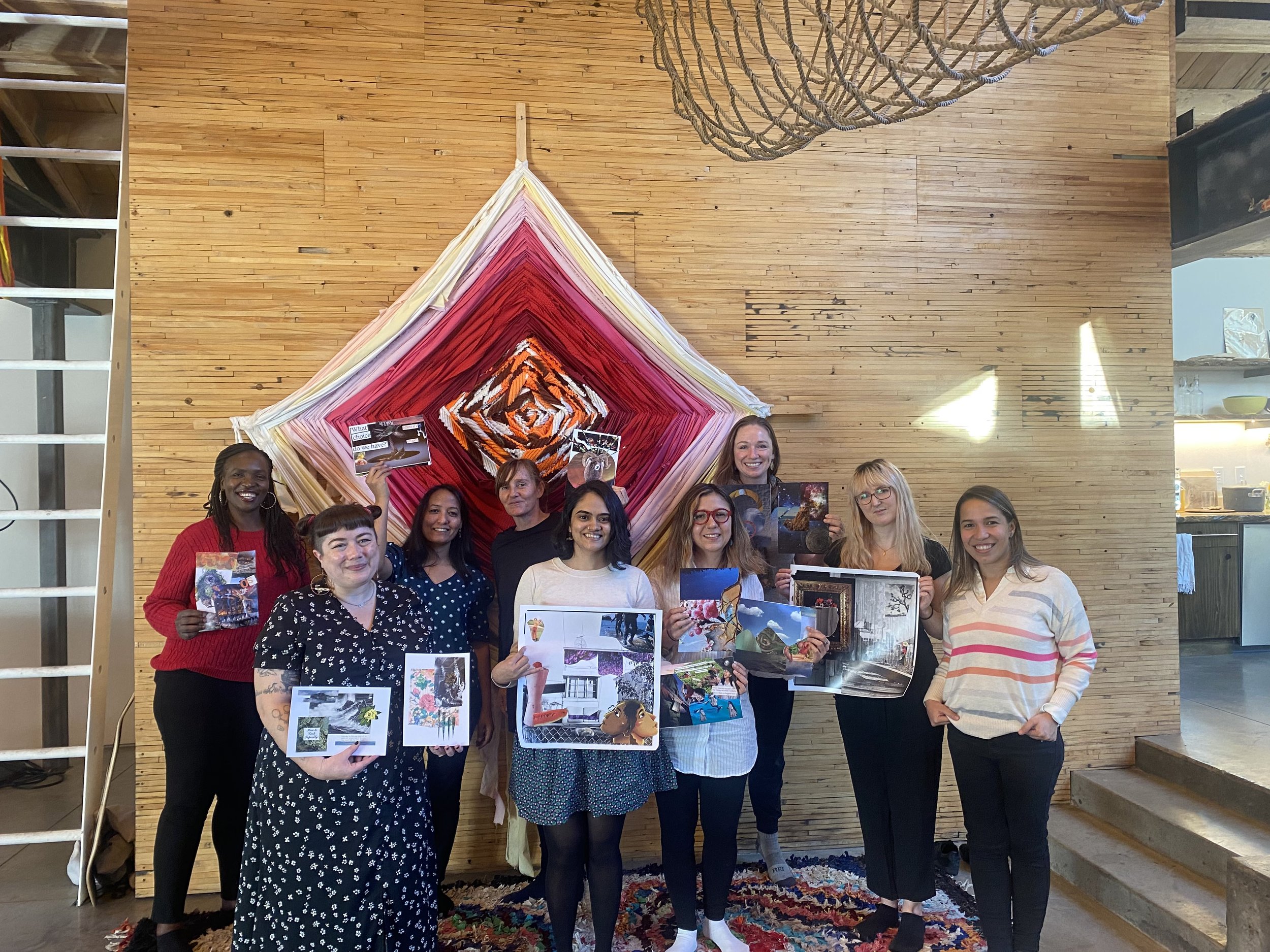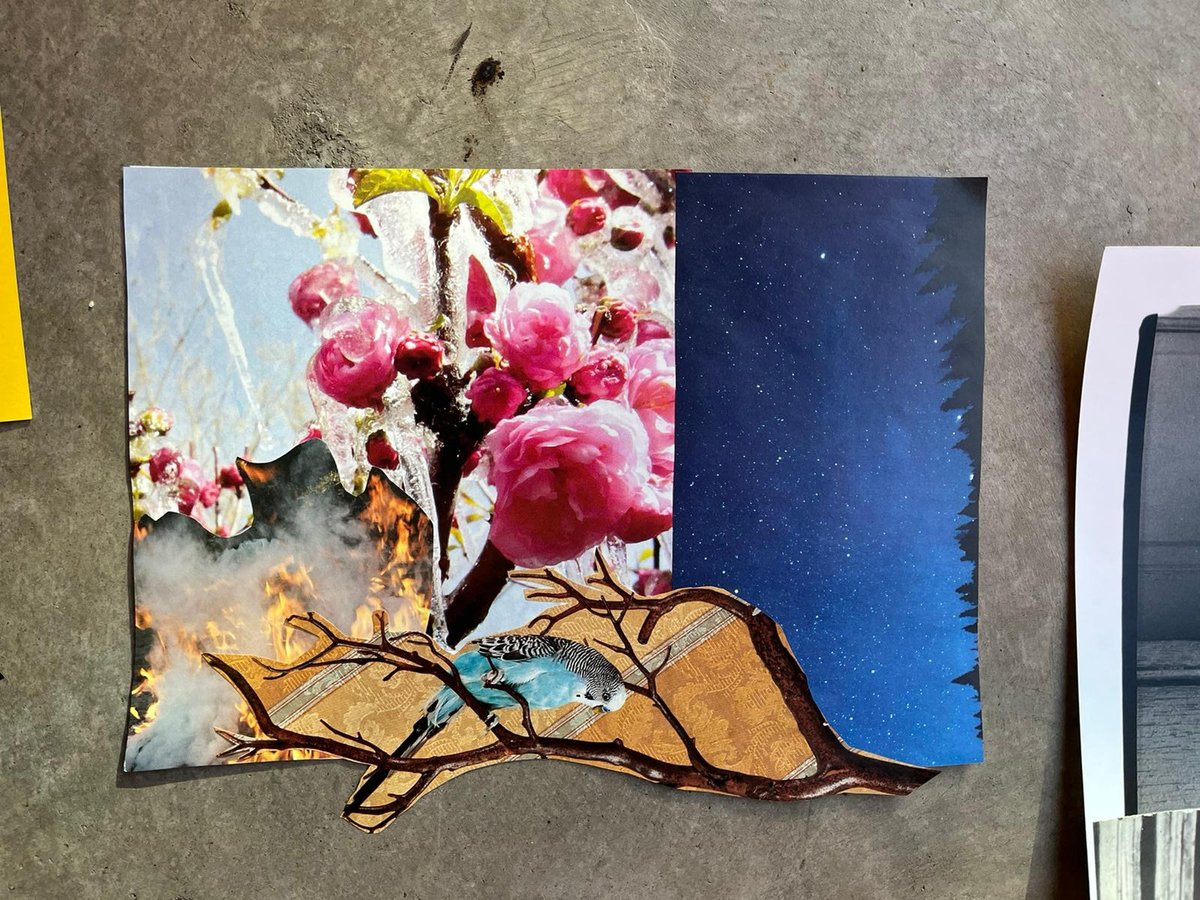Since its inception, the WRAW team has yearned to understand the complexities surrounding women’s rights in post-conflict regions. We have also questioned, and will continue to question, what forms of knowledge are privileged across academic disciplines in attending to peace, justice, and care in the aftermath of violence. As such, our digital archive honors creative endeavors as important avenues that allow us to sit with, think through, and feel the complexities of the various aftermaths of our present moment.
Each of these works was funded (in part or entirely) by the WRAW project. Some projects came into existence as contributors to our 2021 call for papers on care and resistance reached beyond the page to collaborate with local communities. Others were projects that our in-country partnerships were involved in that we wanted to support. And some are works created by the WRAW team as we learn what it means to think outside the confines of our academic and disciplinary trainings. What all these projects share is that they explore the expressive, creative, and affective ways that community power and solidarity is built and are invested in how people cultivate an embodied politics of care in contexts of violence and oppression.
This archive is a living one, so we invite you to return to this page to witness how our project continues to center artistic practices that help us honor the nuances that otherwise escape the bounds of our scholarly research.
Painting care in bogotÁ
In January 2023, Alas Moradas and the Esquina Redonda Project held a two-day art activity. Alas Moradas is a local grassroots organization based in Bogotá and created by Luz Mary Pardo, a local community leader who has worked with women victims of violence, war-related displacement, and police brutality for over two decades. The Esquina Redonda is an art collective that seeks to articulate and make visible the community forms of knowledge and local practices that people have articulated in Barrio Santa Fe, one of Bogotá's most marginalized neighborhoods and where many displaced women end up living. This neighborhood is also known for its strong tradition of grassroots collective action.
Displaced women and women victims of violence gathered to talk about care (self-care and community care), migration, displacement, and joy amid violence and hardship. On the first day, they worked with local social workers from Barrio Santa Fe and the Esquina Redonda Project to discuss how women understand care and self-care. Drawing on their reflections and experiences, we designed a mural with a feminist graffiti artist from the same neighborhood. On the second day, women collectively painted the mural. They also recorded the process and will release a short podcast centering on their voices and reactions to the activity. They also wanted this to be a life-sustaining activity. They held an "olla comunitaria" (community pot) where men were responsible for cooking a collective meal for women, children, and others in the neighborhood. That way, they wanted to communicate that care must be redistributed in intimate and community spaces. They also provided personal hygiene kits and menstrual products, especially for those women living on the streets. Many women attended with their children, so they also had activities aimed at their joy. At the end of day two, a local rap artist wrote and sang a song based on the mural.
Some of the women who participated in this art project were born in conflict zones and moved to Bogotá to escape the war. In Bogotá, they have faced the consequences of this kind of displacement: sexual violence, sexual exploitation, and lack of material conditions to live dignified lives. The activity took place in what was previously known as "The Bronx," an area notorious for being one of the drug consumption centers in Bogotá. In 2016, former mayor Enrique Peñalosa sent anti-riot squads to forcibly displace everyone in the area in order to "clean it." After the forced eviction of thousands of homeless and poor people, the Esquina Redonda project emerged as a counter-memory effort to challenge the local government's sanitized narratives perpetuating the criminalization of people in the margins.
Some of the participants of this project, in one way or another, had frequented "the Bronx" in the past. For them, the location of the activity had a symbolic meaning—it was a way to resignify this space and the memories associated with it. In the words of one woman, "seeing this place where we were mistreated turn into something full of nature and art means a lot to me; it allows me to remember it differently."
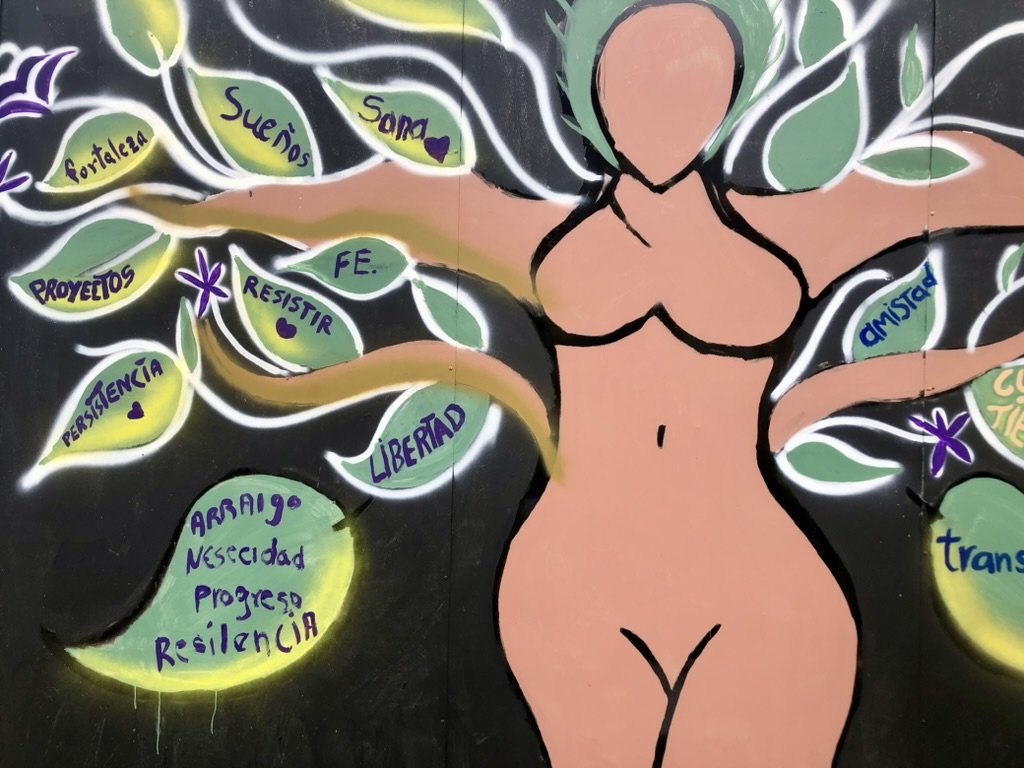
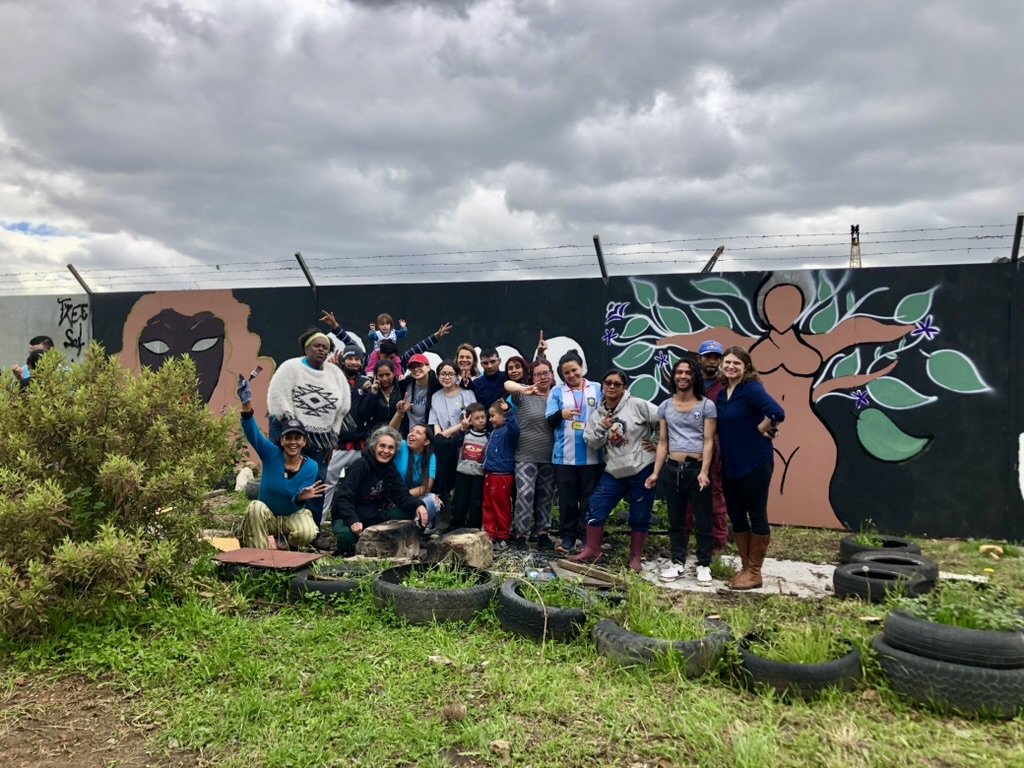
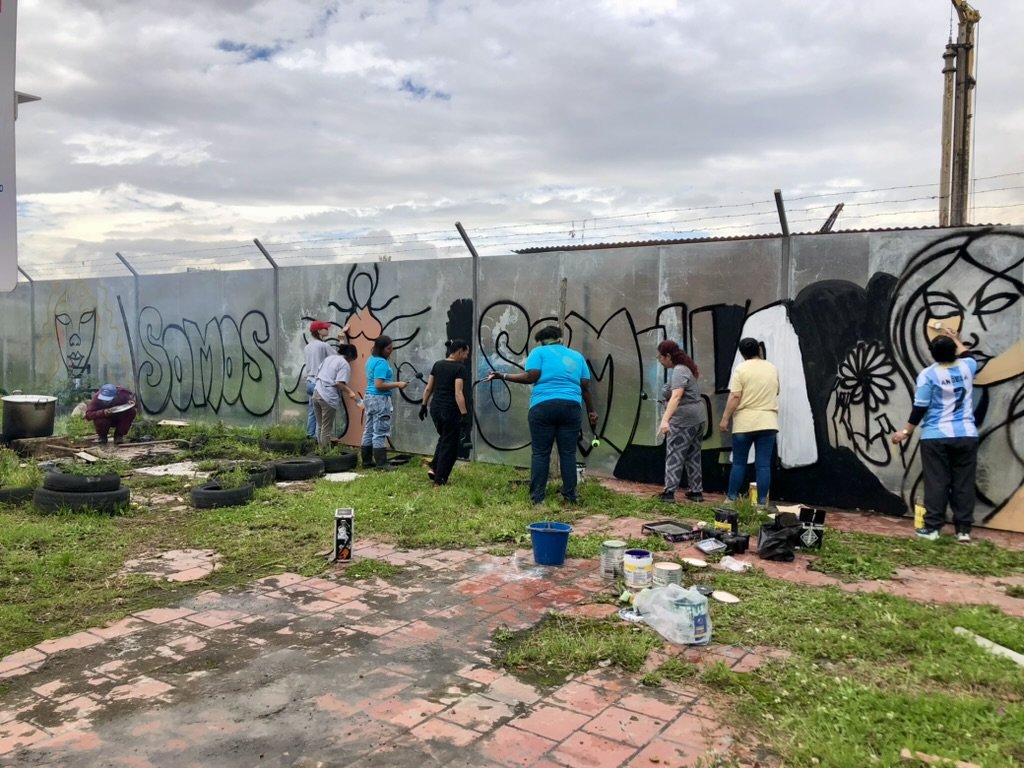

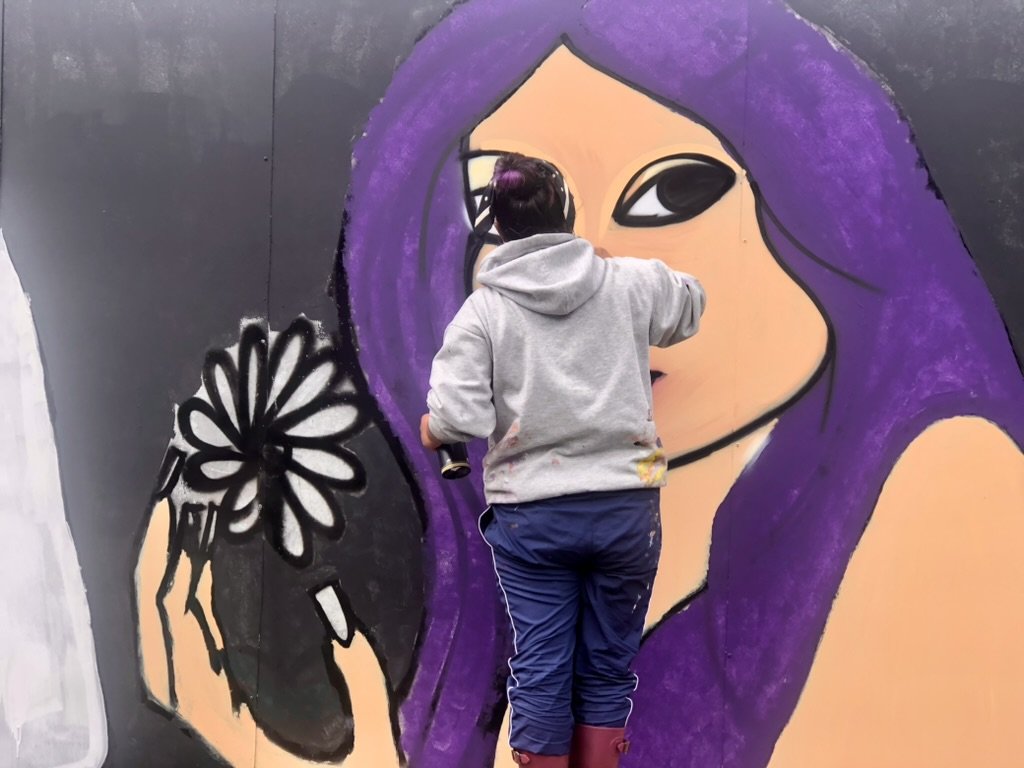
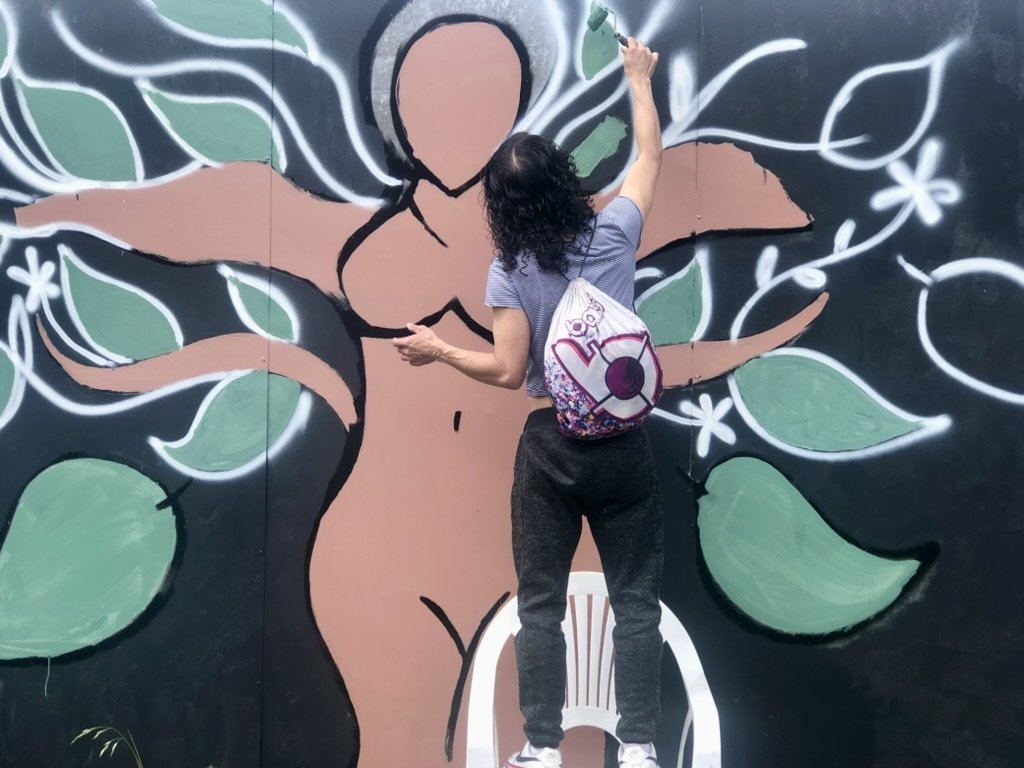
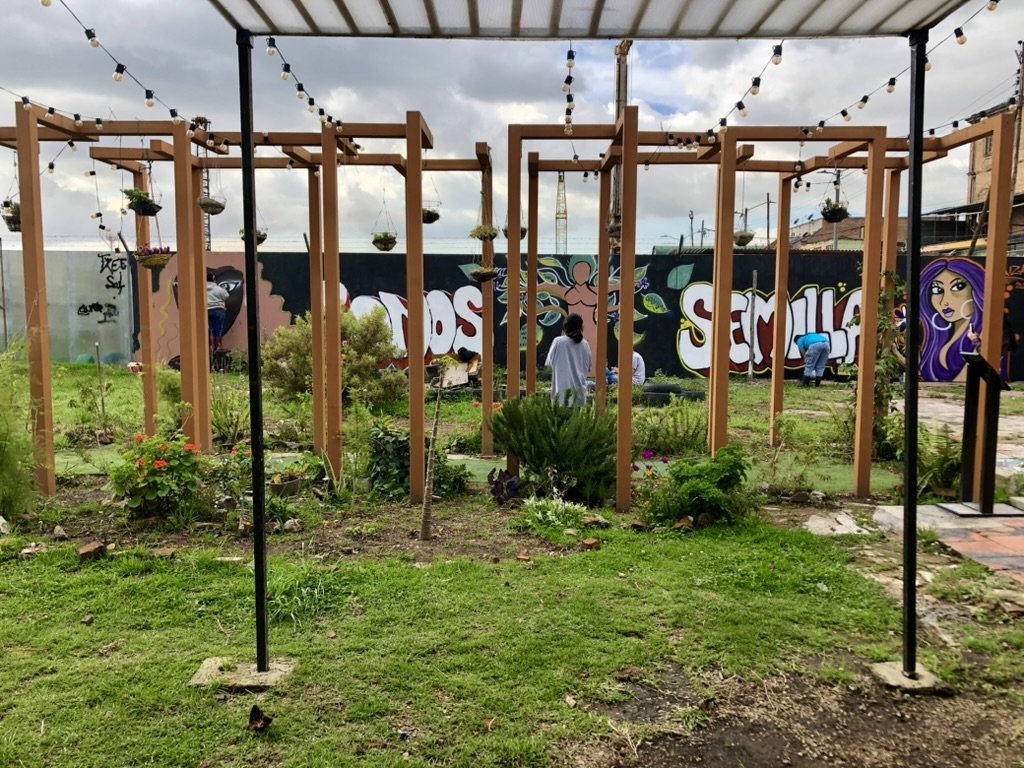
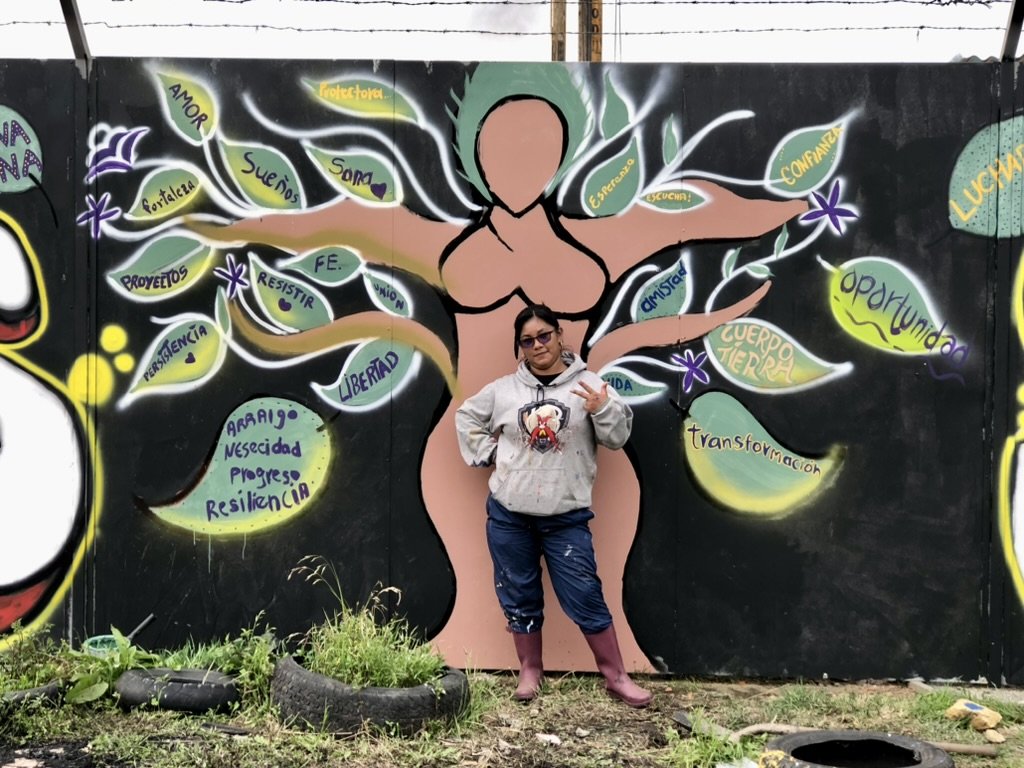
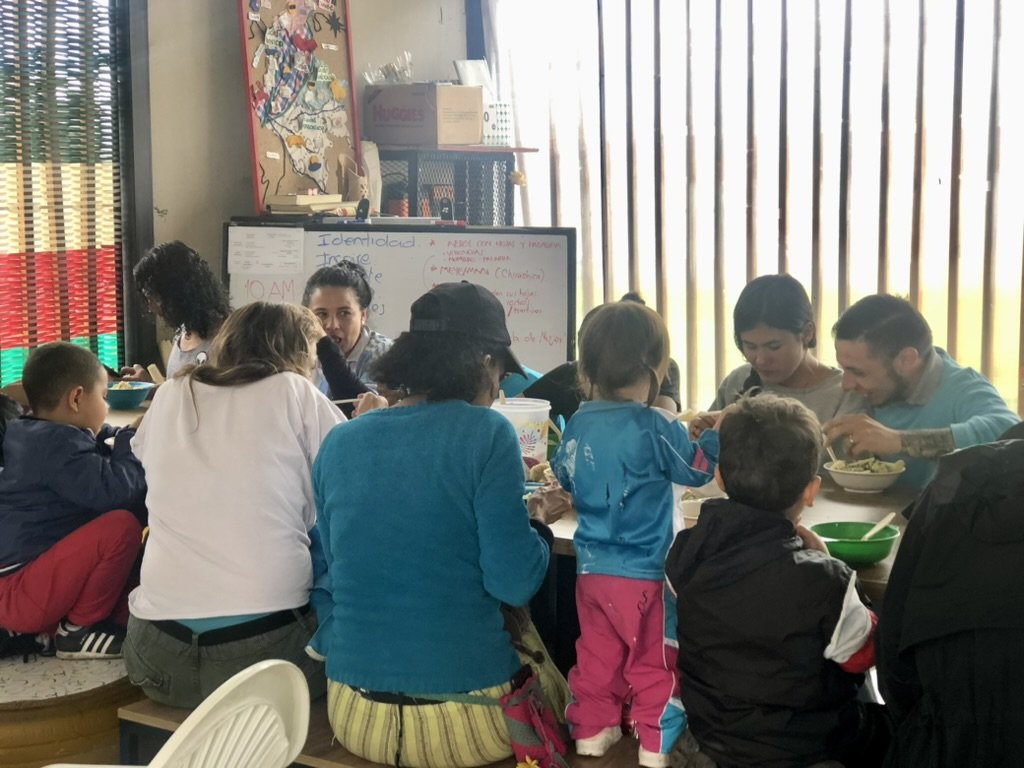
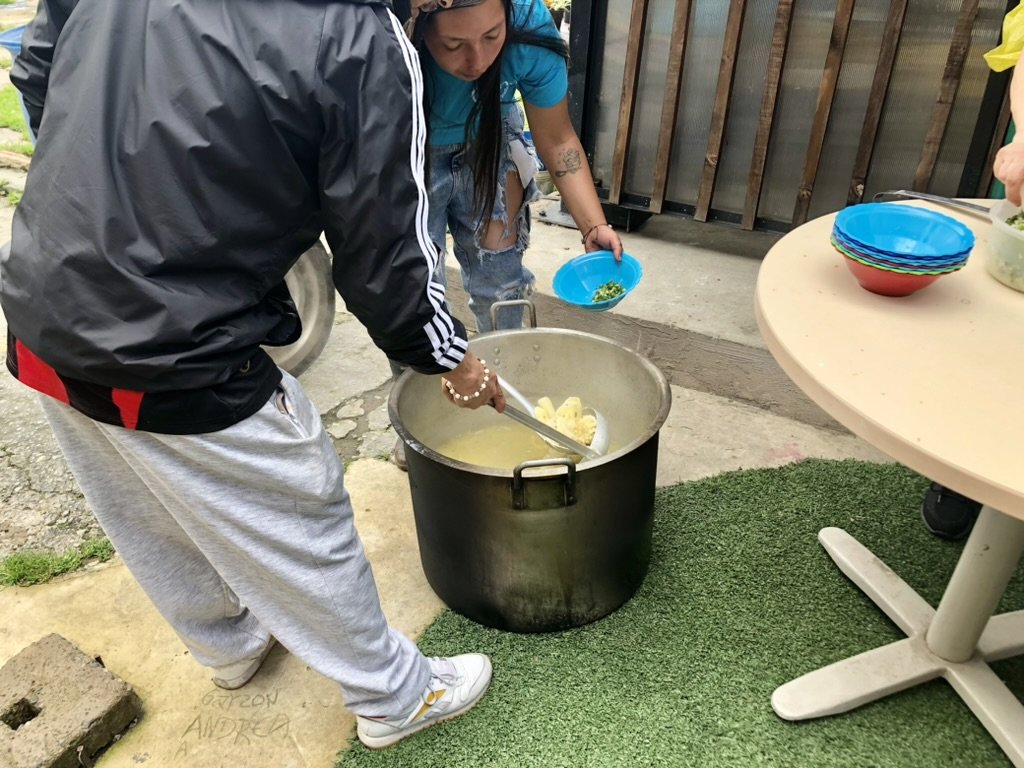
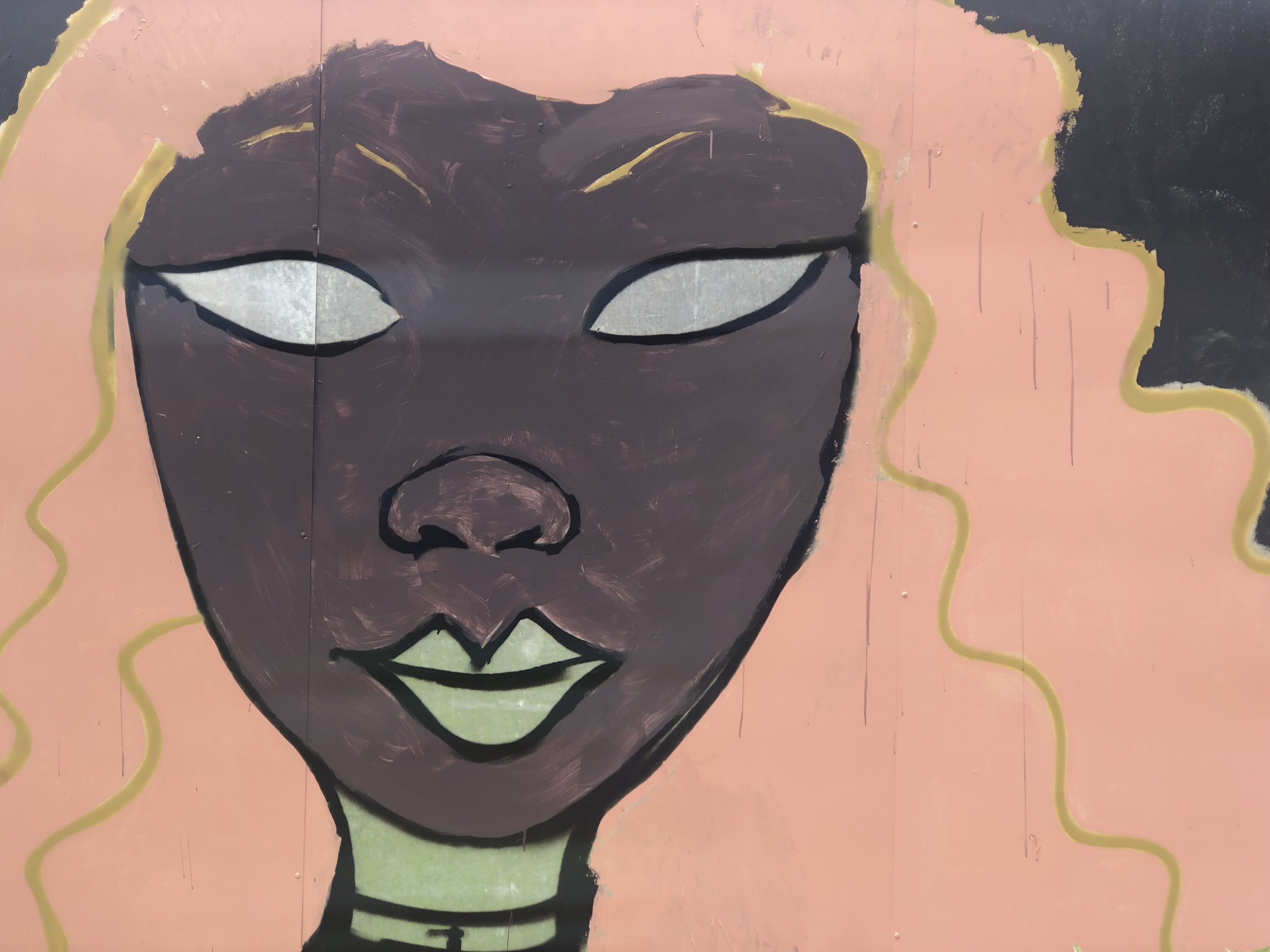
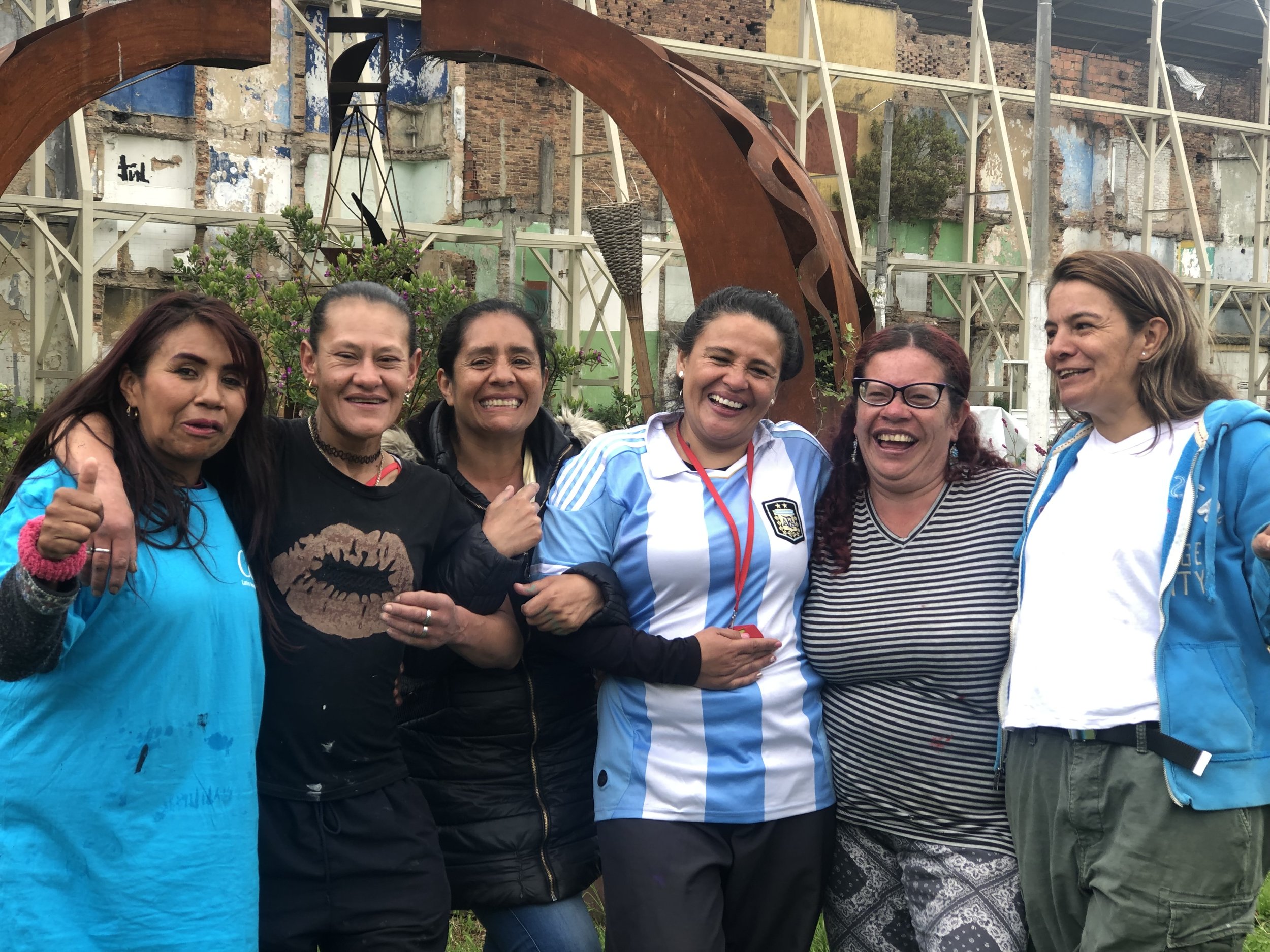
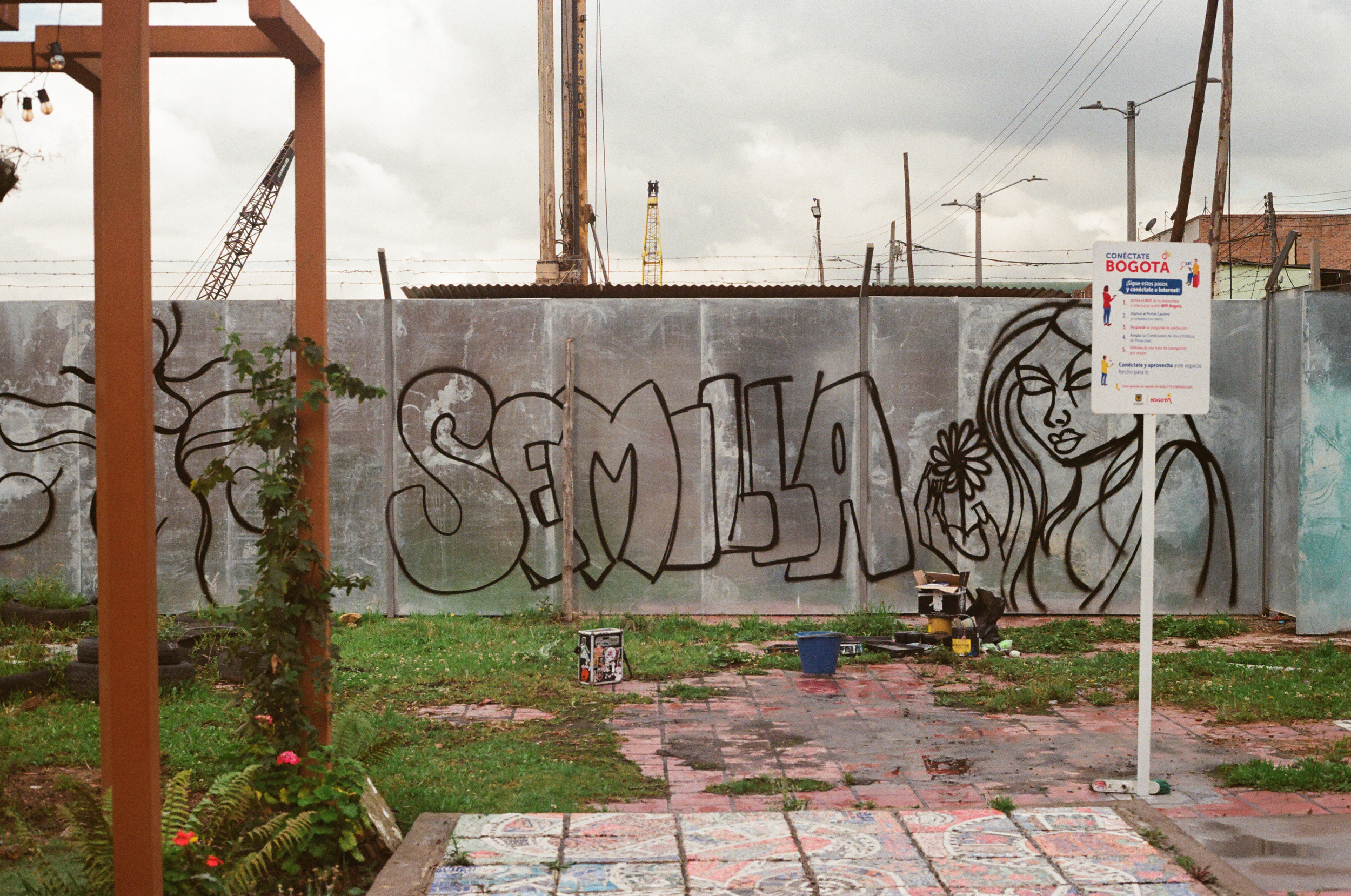
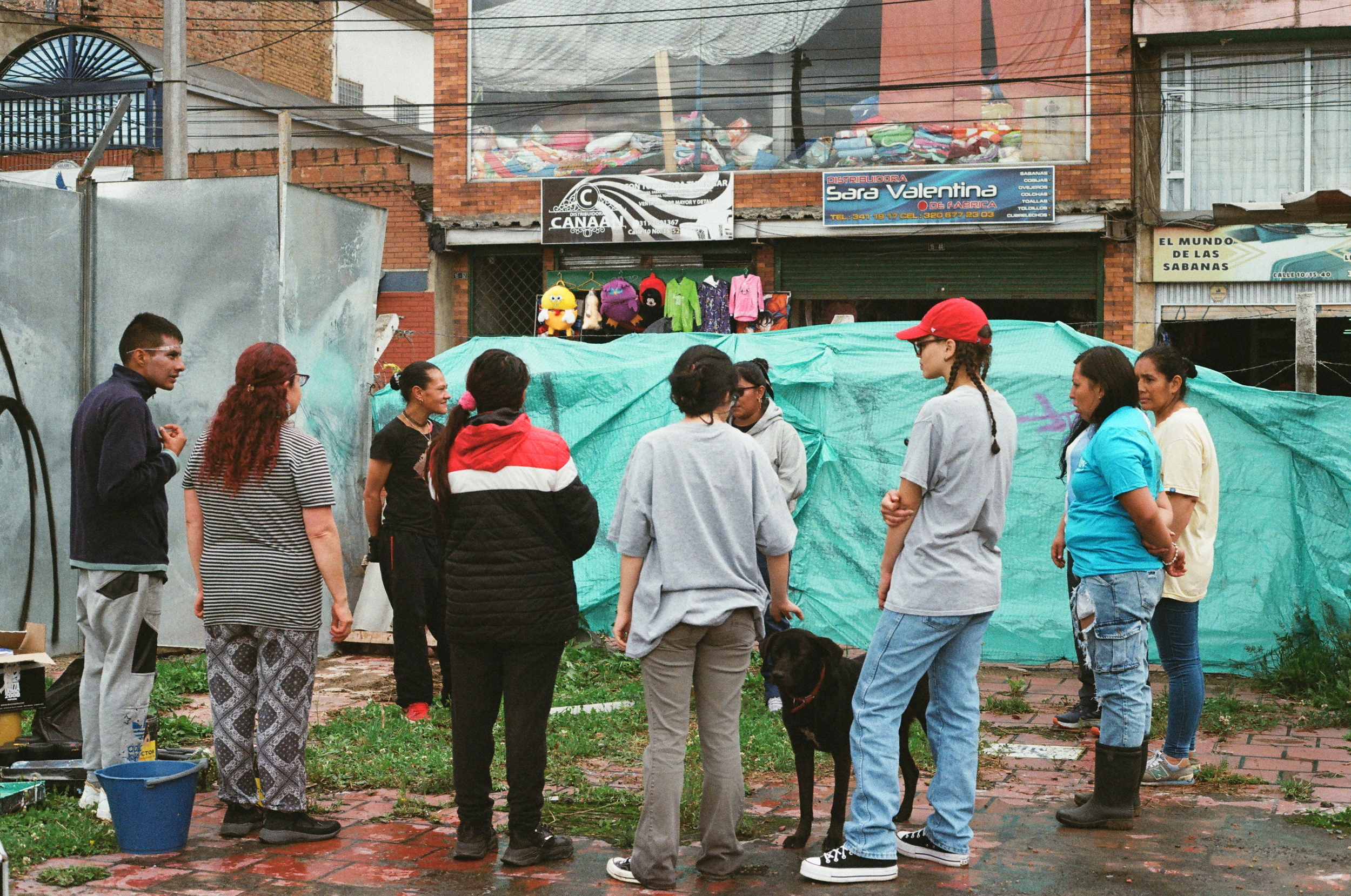
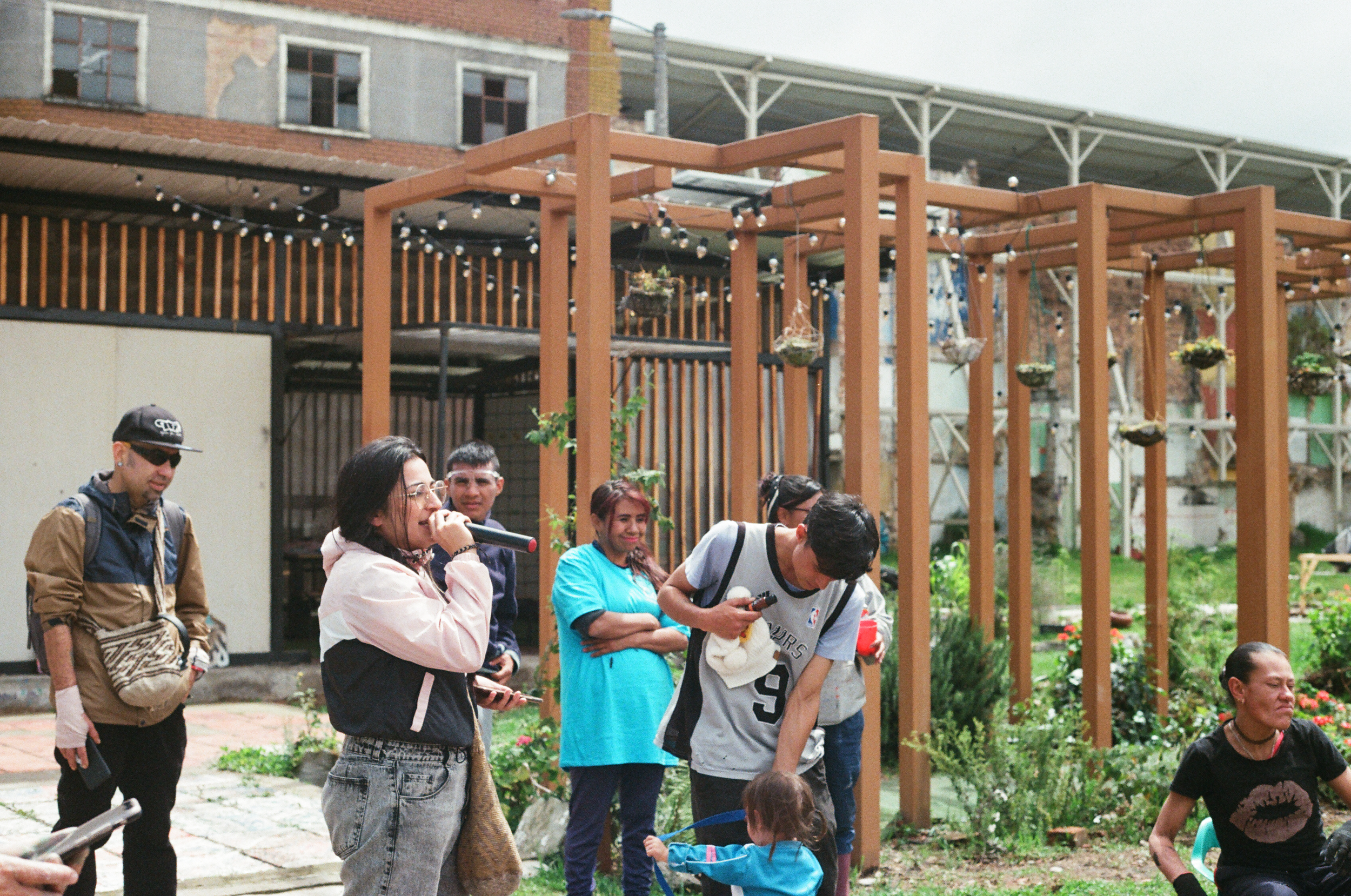
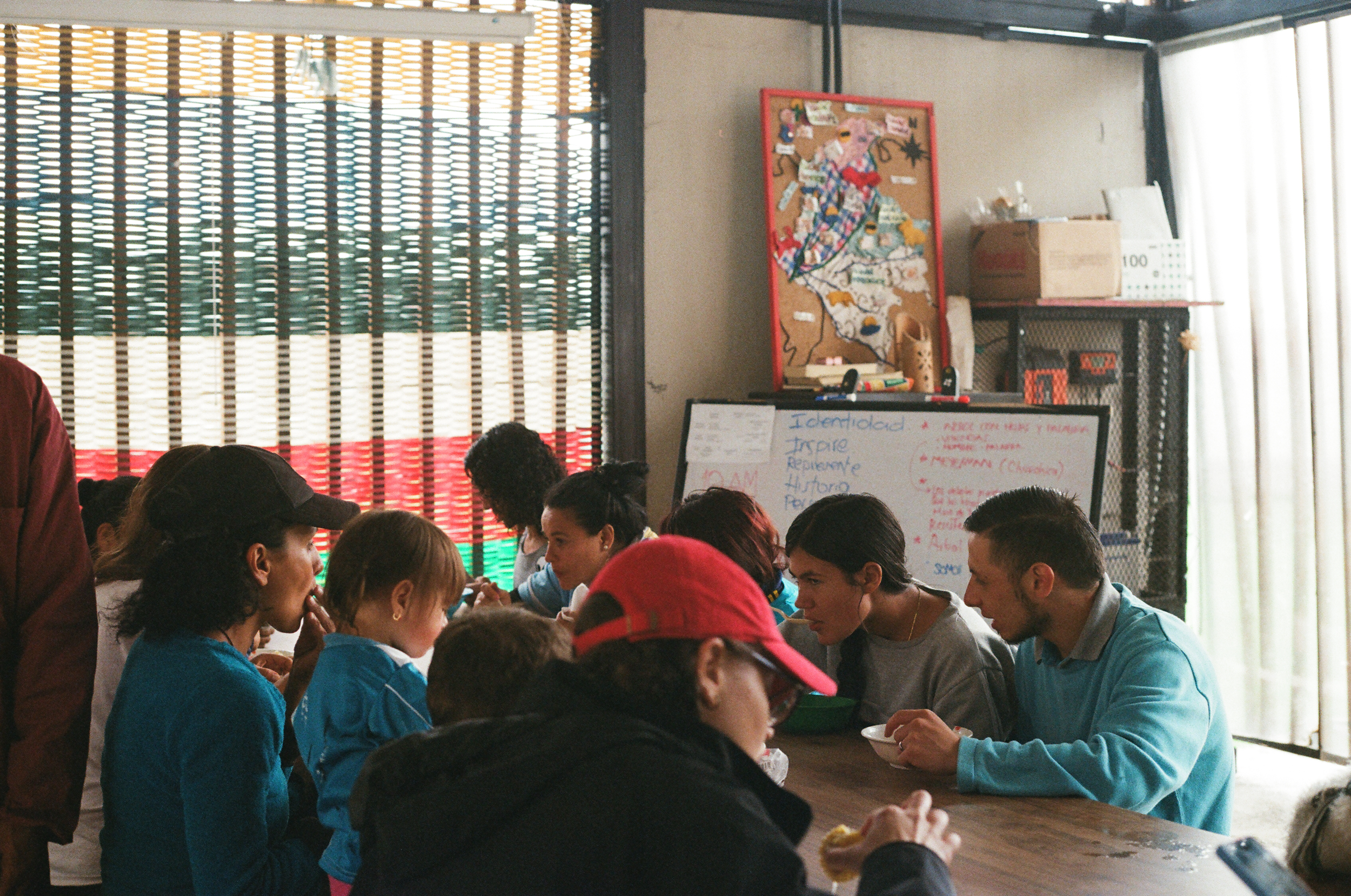
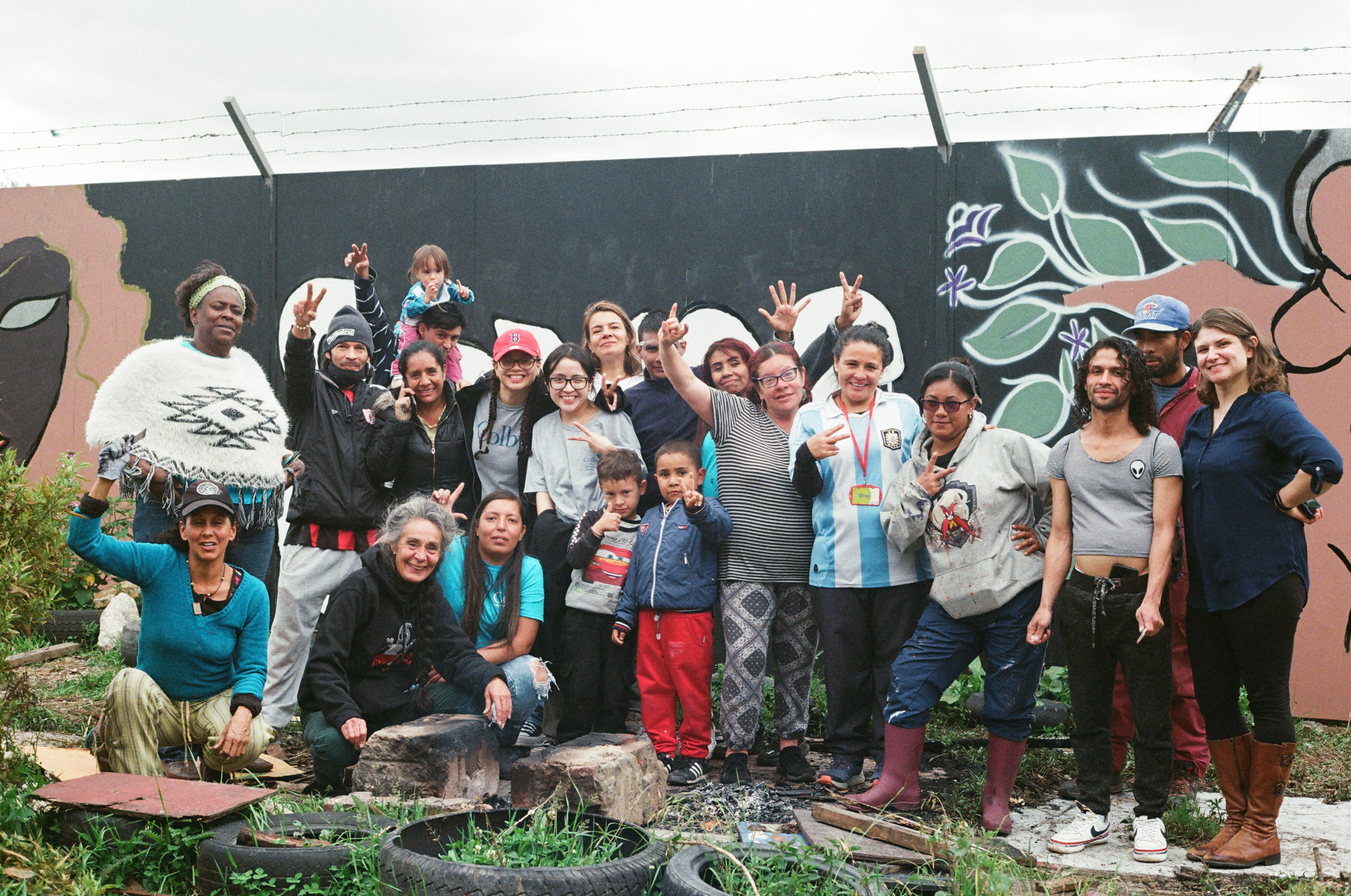
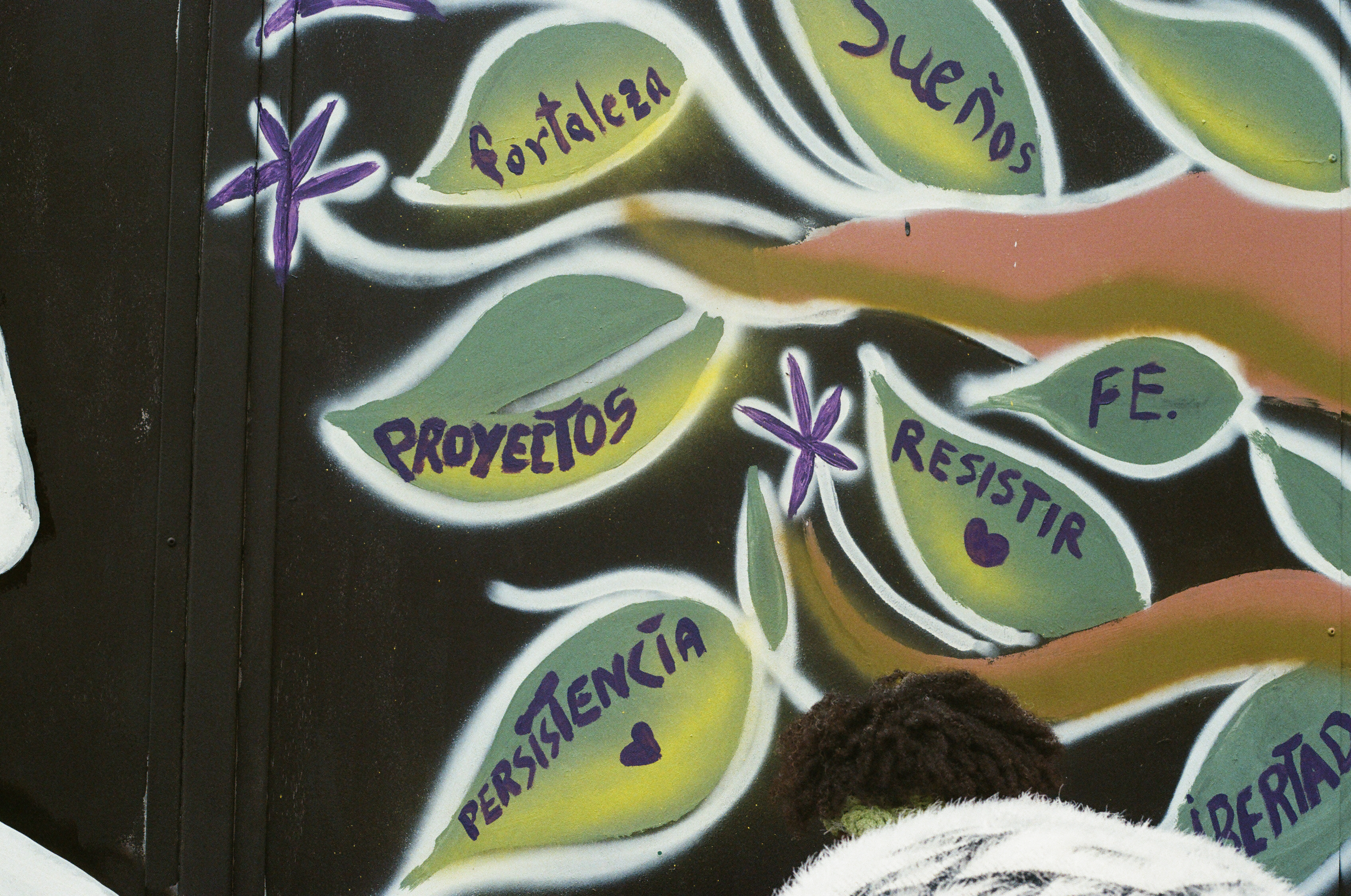
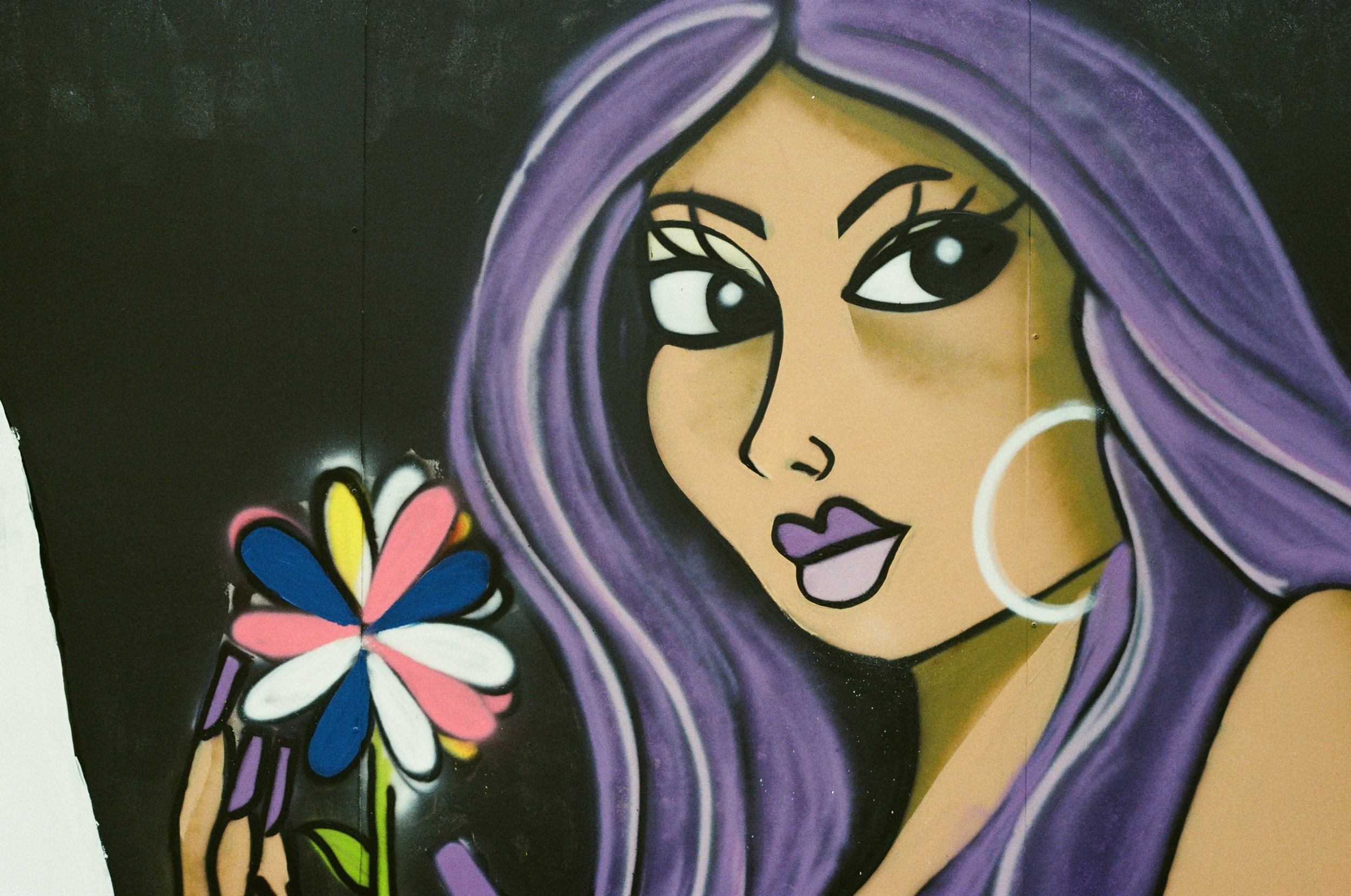
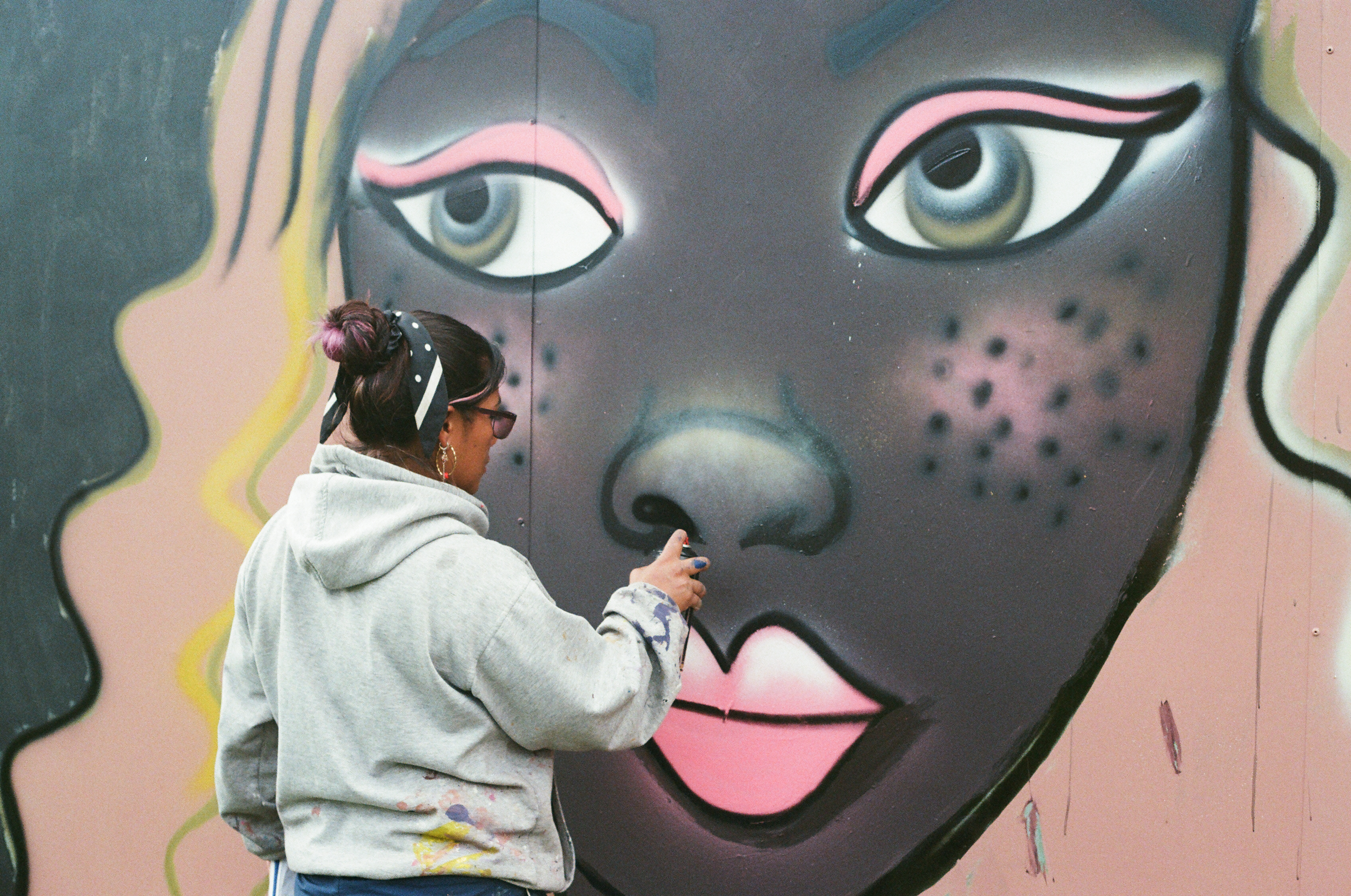
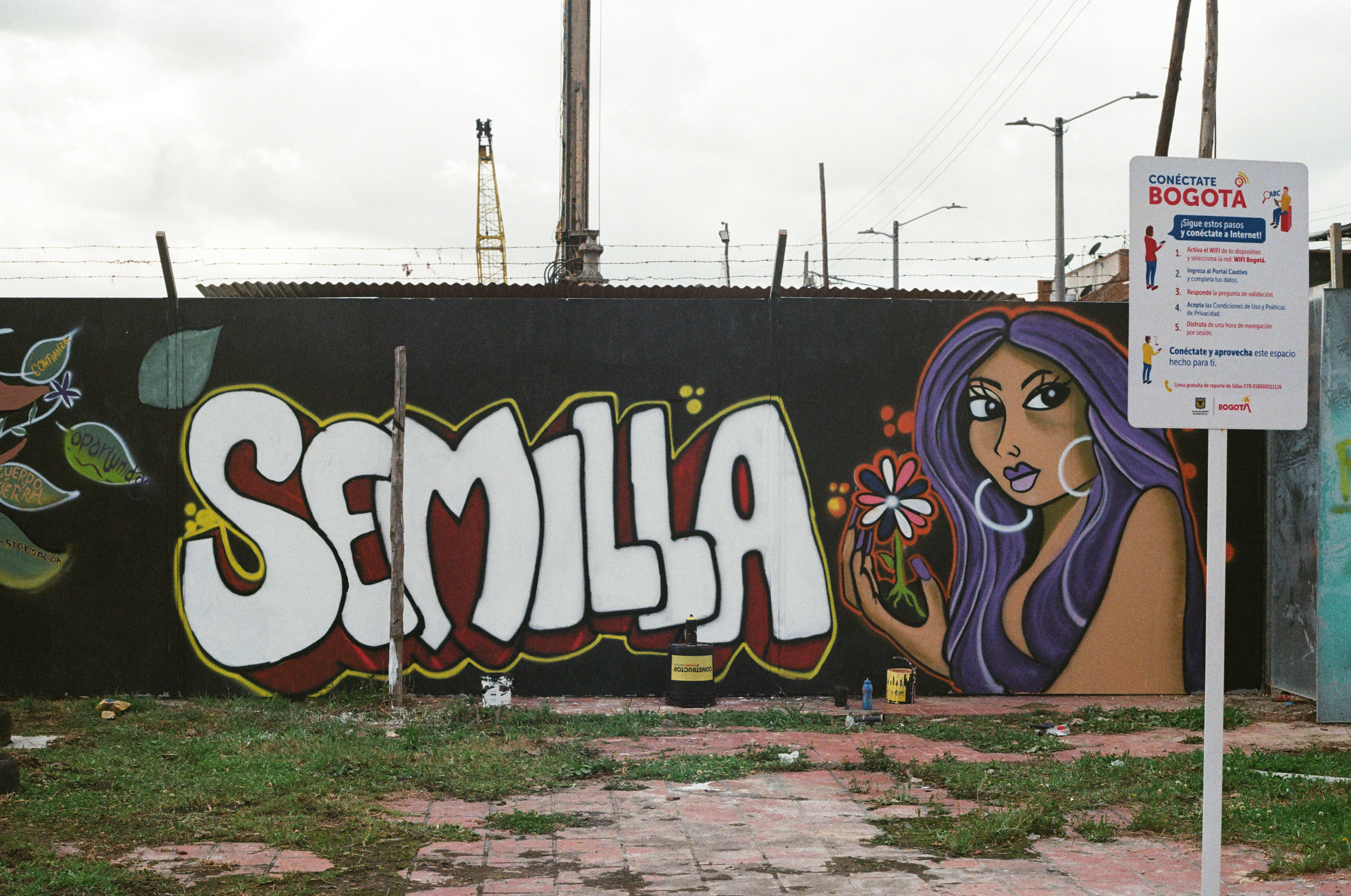
Song & dance as forms of truth
Enkelé’s song, Tierra, makes visible the creative possibilities of dancing and music performance to (1) recover a diversity of truths during armed conflict, (2) offer alternative spaces to diffuse these truths and to contest official narratives, and to do so through rhetorically probe musicians and dancers and intersectional artistic tools, whilst (3) questioning how and even if the arts are best placed to respond to official history failings. The song thinks about the music of oral tradition, the truth from the peripheries, and women's stories.
Credits cited in Youtube video:
Créditos: Autoras | Carolina Delgado, Camila Pedrozo Intérpretes | Camila Pedrozo Coros | Carolina Delgado, Yira Miranda, Laura Sánchez, Elizabeth Motta, Carolina Ortíz, Camila Pedrozo Guapirreos | Laura Sánchez, Yira Miranda, Carolina Delgado Percusión | Angélica Ruiz - Tambor Alegre, Carolina Ortíz - Llamador, Mildreth Pasos - Tambora, Carolina Delgado - Maracas Productor Musical | Javier Casanova Dirección y producción Audiovisual: Watson Rojas Actores: Mario Rojas, Derek Rojas, Ibeth Rojas Agradecimientos especiales a: Ivon Guevara, Hotel Piedra Parada, Women's Rights After War Project, Fundación Lüvo.
Srebrenica Heroines, 2022
"Srebrenica Heroines" is a multimedia and artistic program that aims to document the stories of women survivors of the Srebrenica genocide, their heroic fight against the impunity of perpetrators and efforts to preserve the truth about genocide. With a set of activities, the project focuses on empowering Srebrenica women survivors and especially mothers of Srebrenica in scaling up their work and influence on the regional and international level. The project also pays tribute to all survivors, activists, and decision-makers who supported the women's fight in BiH.
Implemented by the Association “Movement of Mothers of Srebrenica and Žepa enclaves” in partnership with the Post-Conflict Research Center (PCRC) and the Srebrenica Memorial Center, in 2022, the Srebrenica Heroines included the production of the art installation “Mother’s Scarf”, an international conference on women in Srebrenica, and a photography exhibition “Scarves of Remembranceˮ, all to mark 27 years since the Srebrenica genocide through the experiences of women.
Photographs by Denis Ruvić
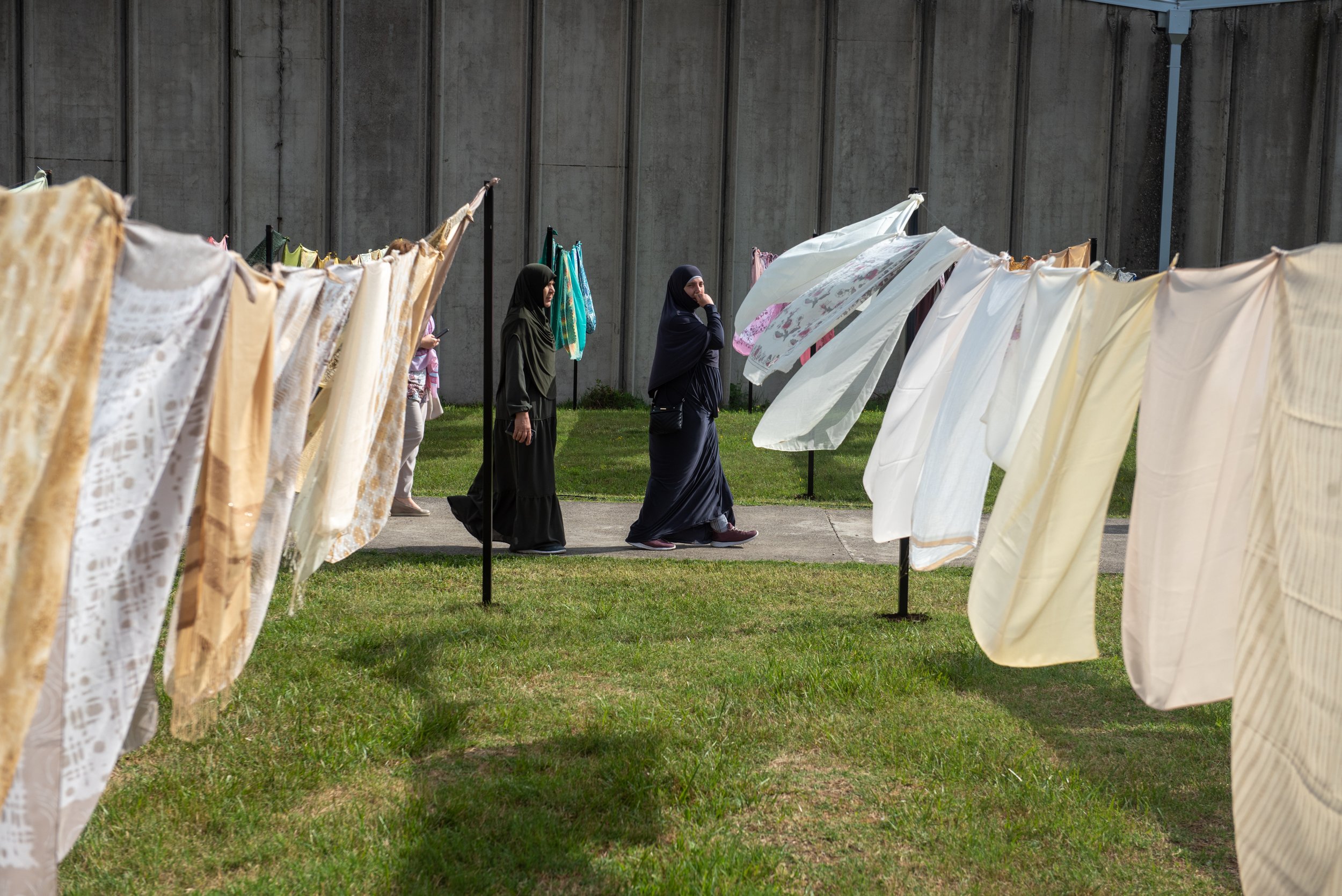
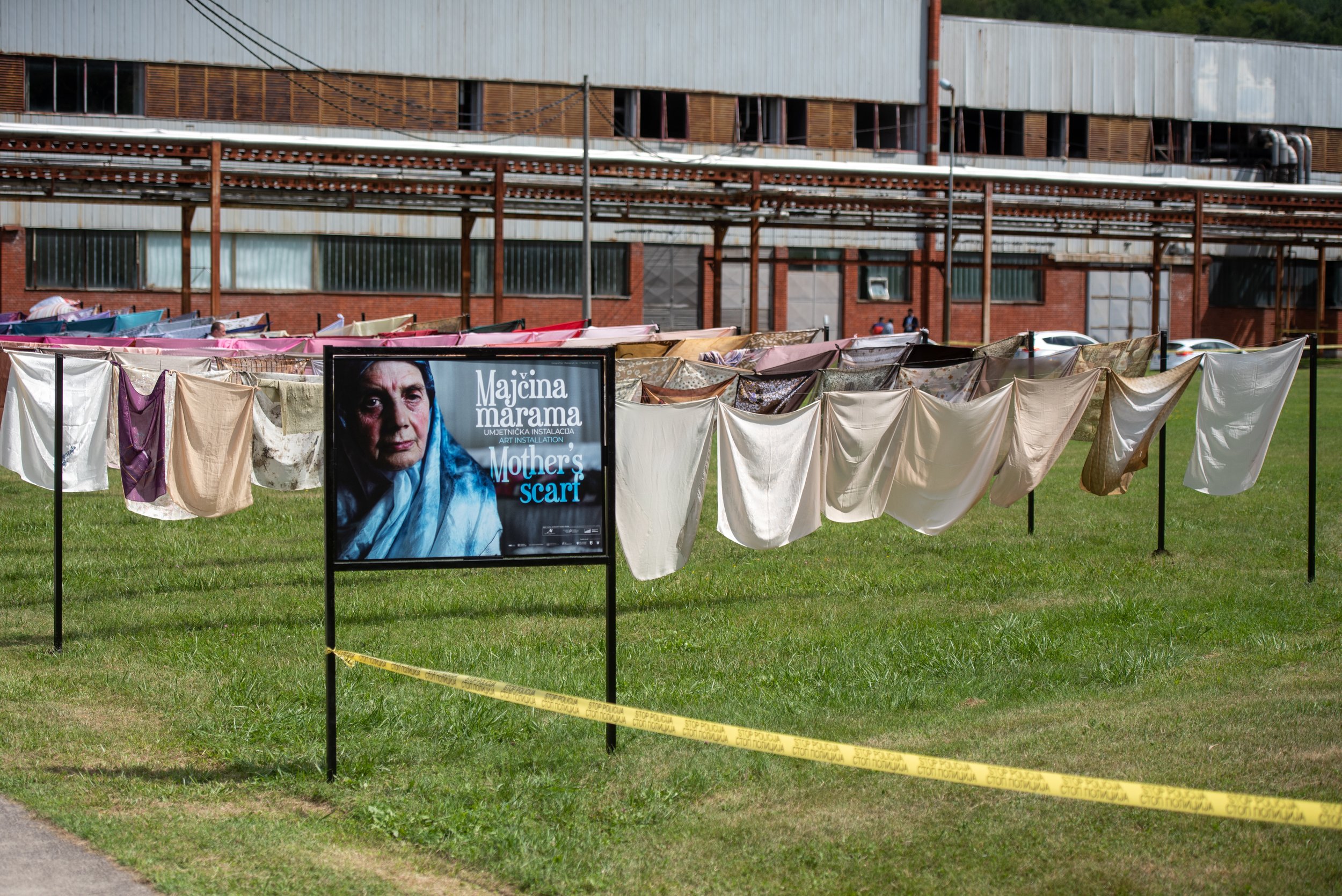

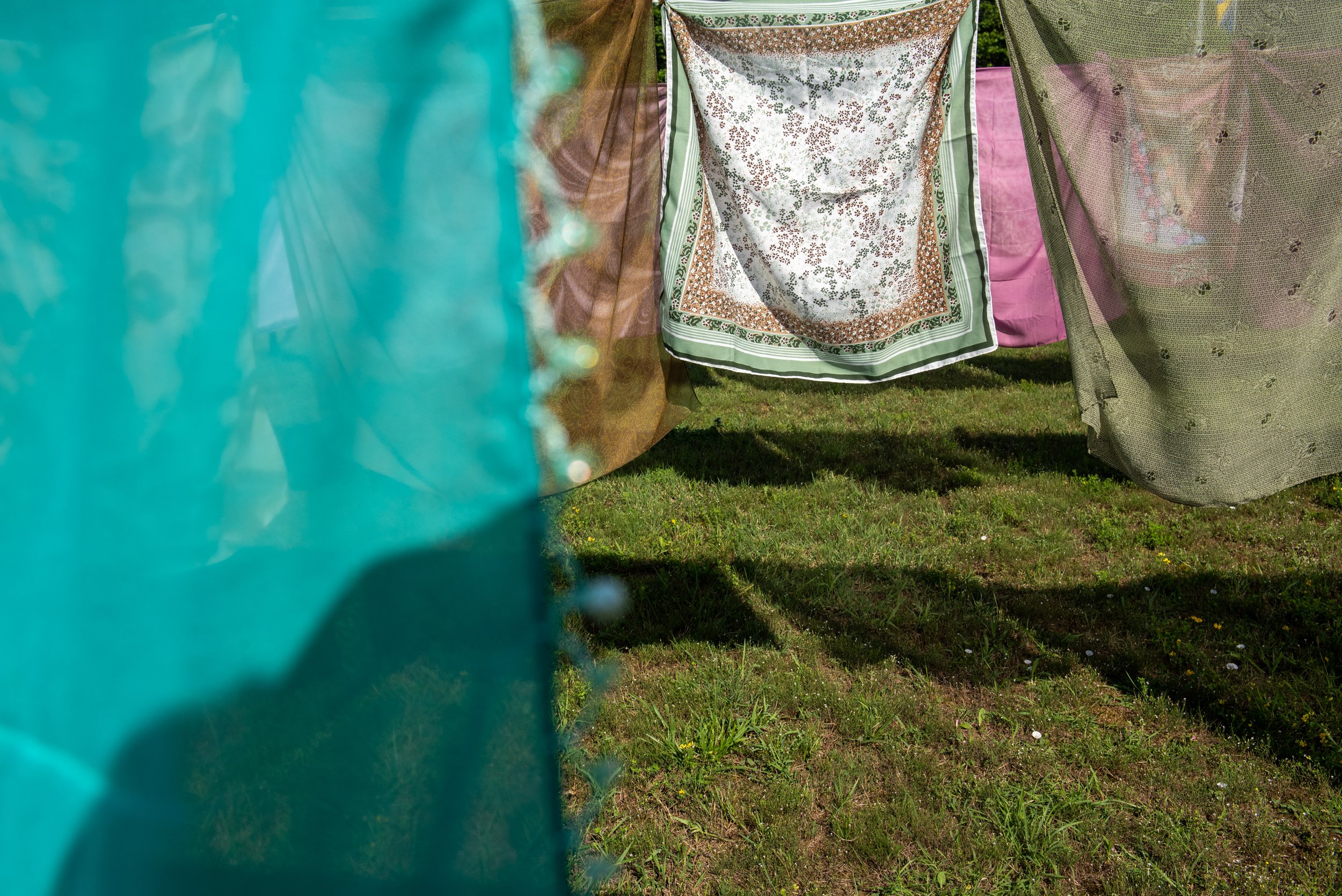
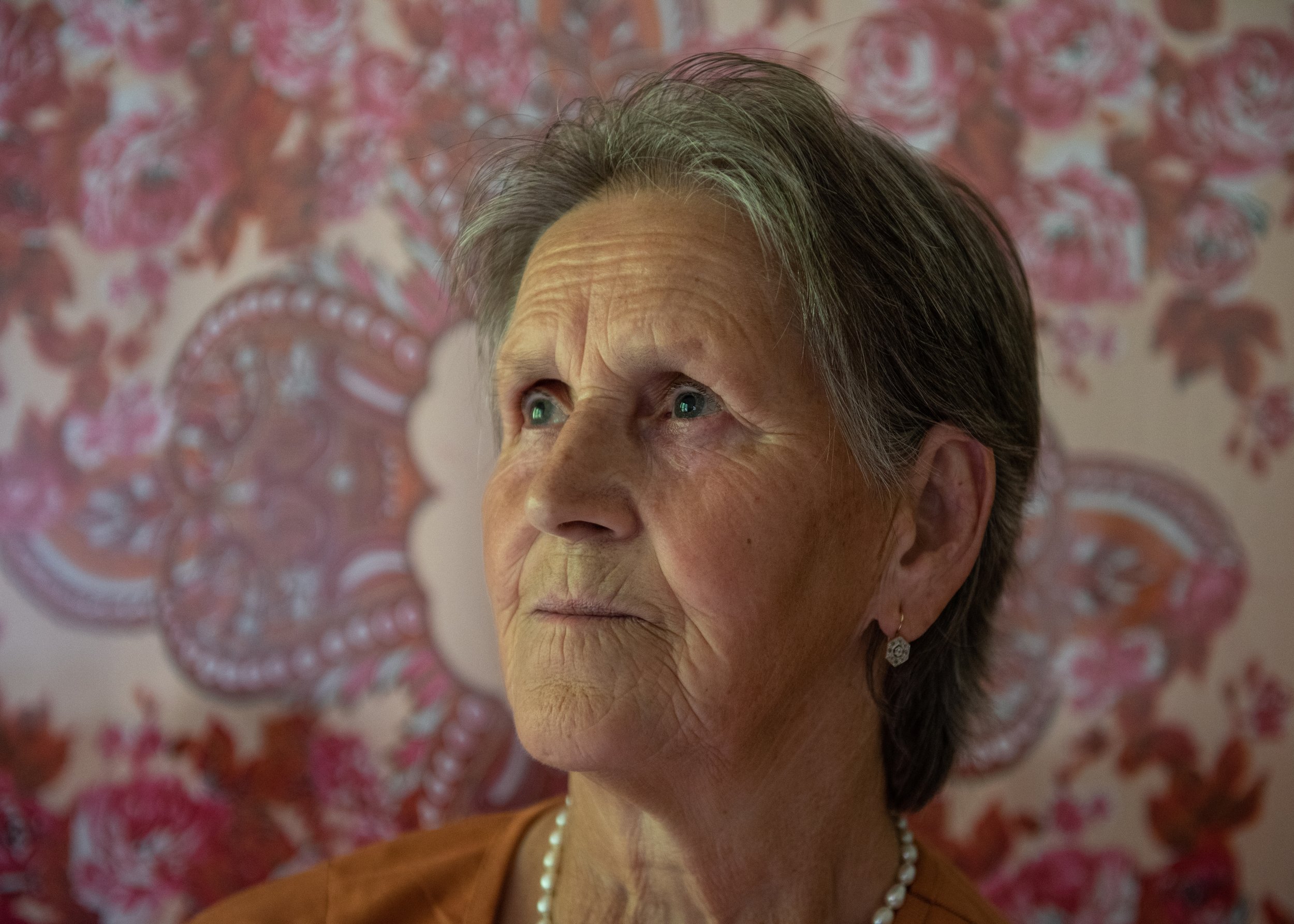
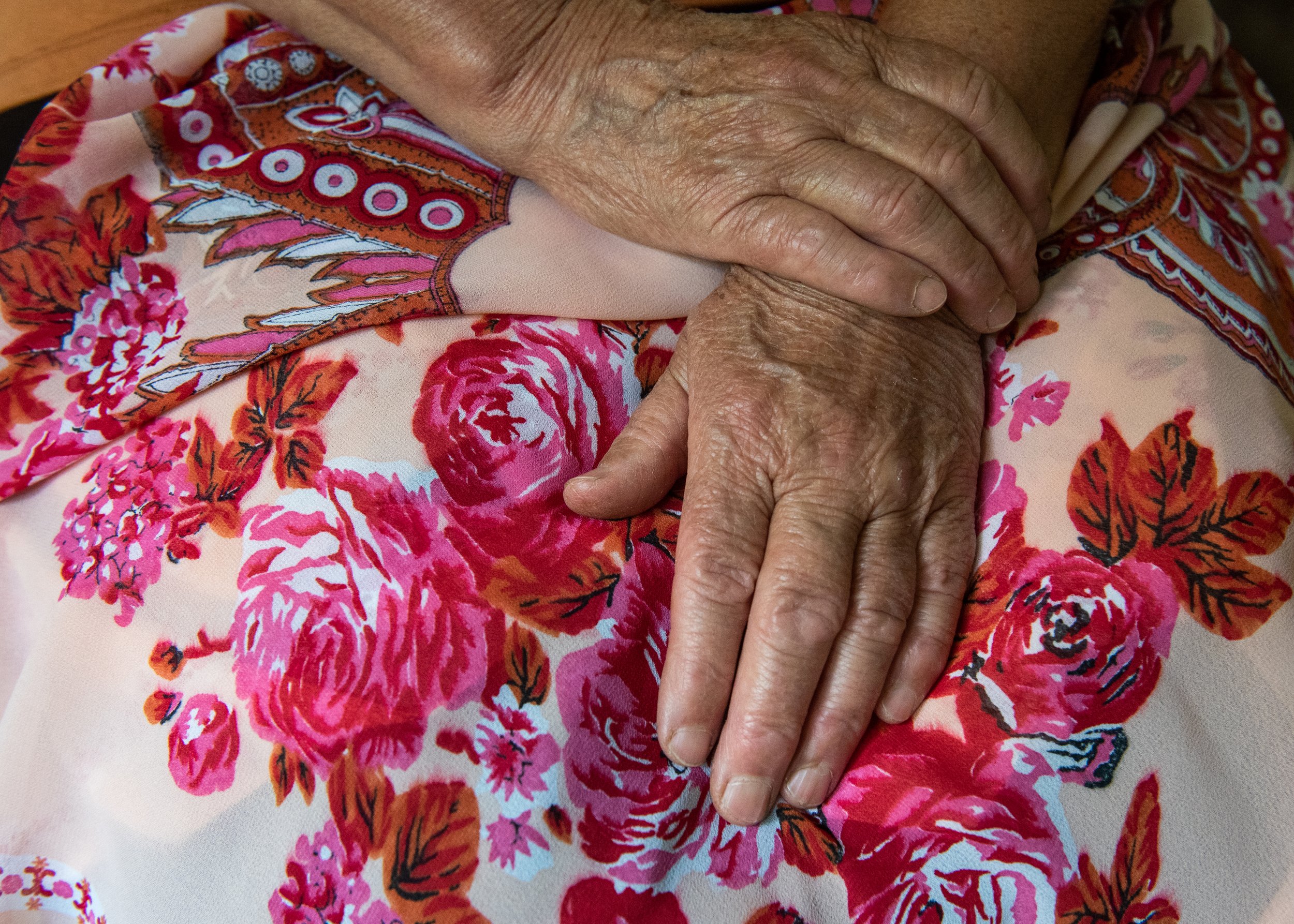
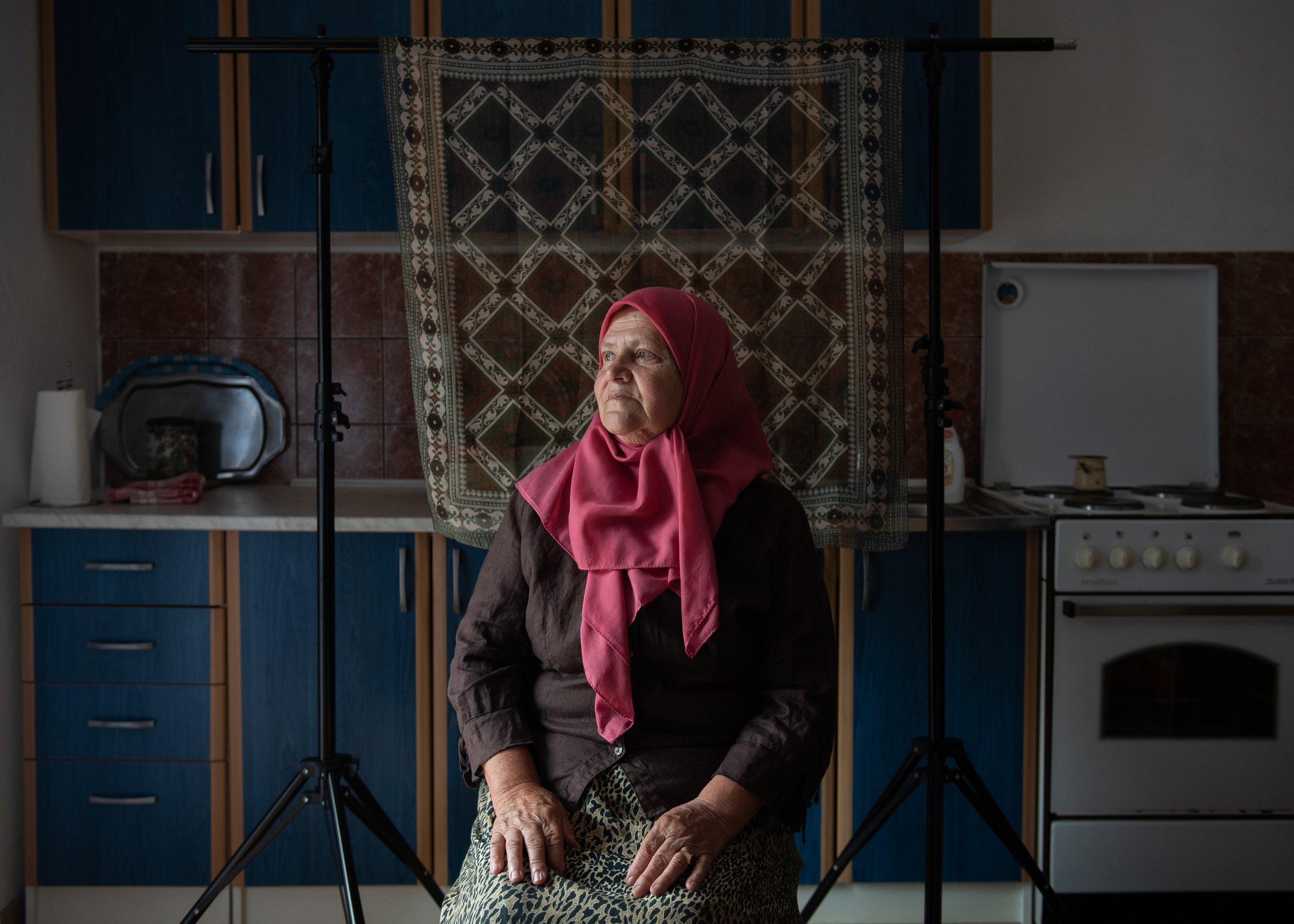
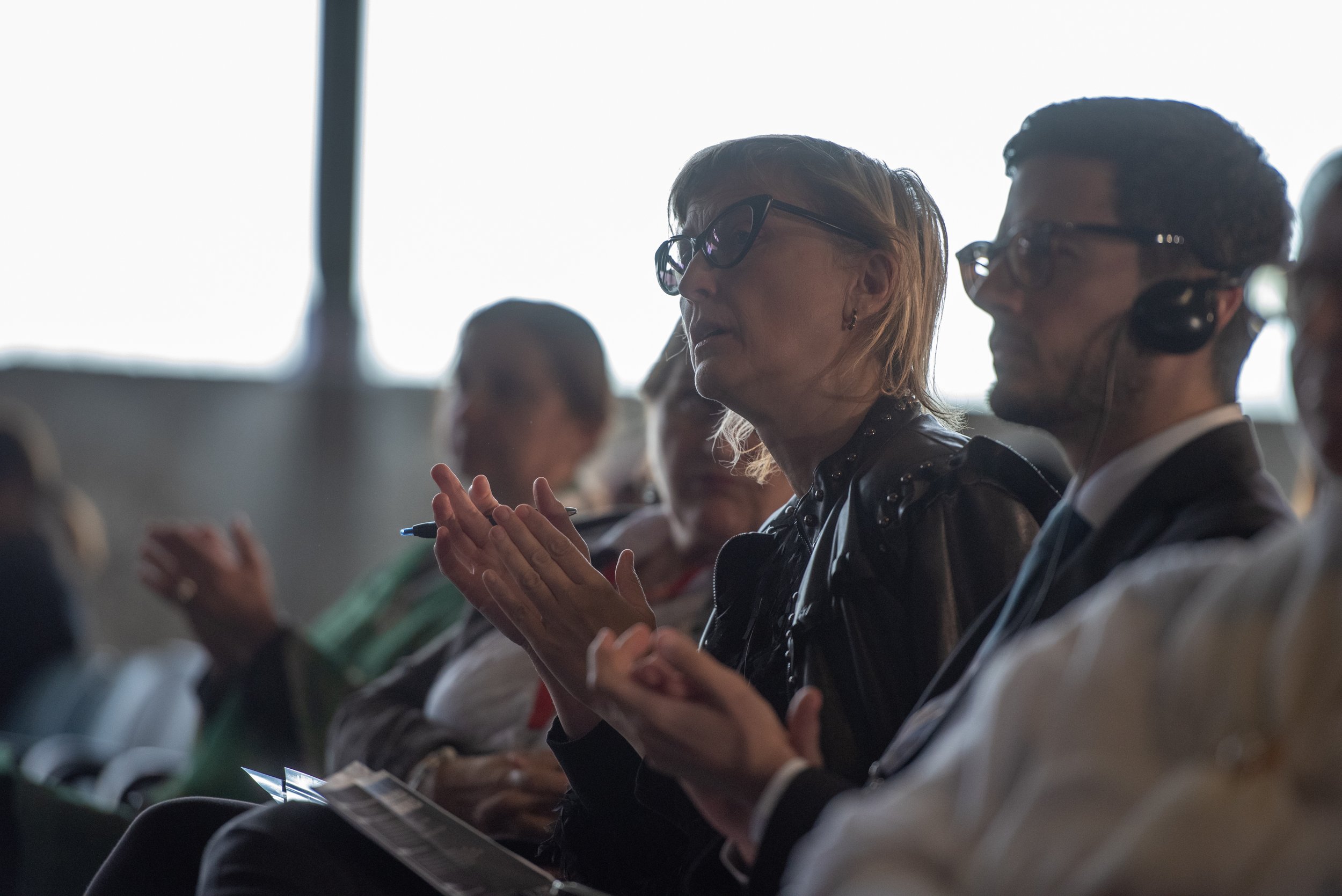
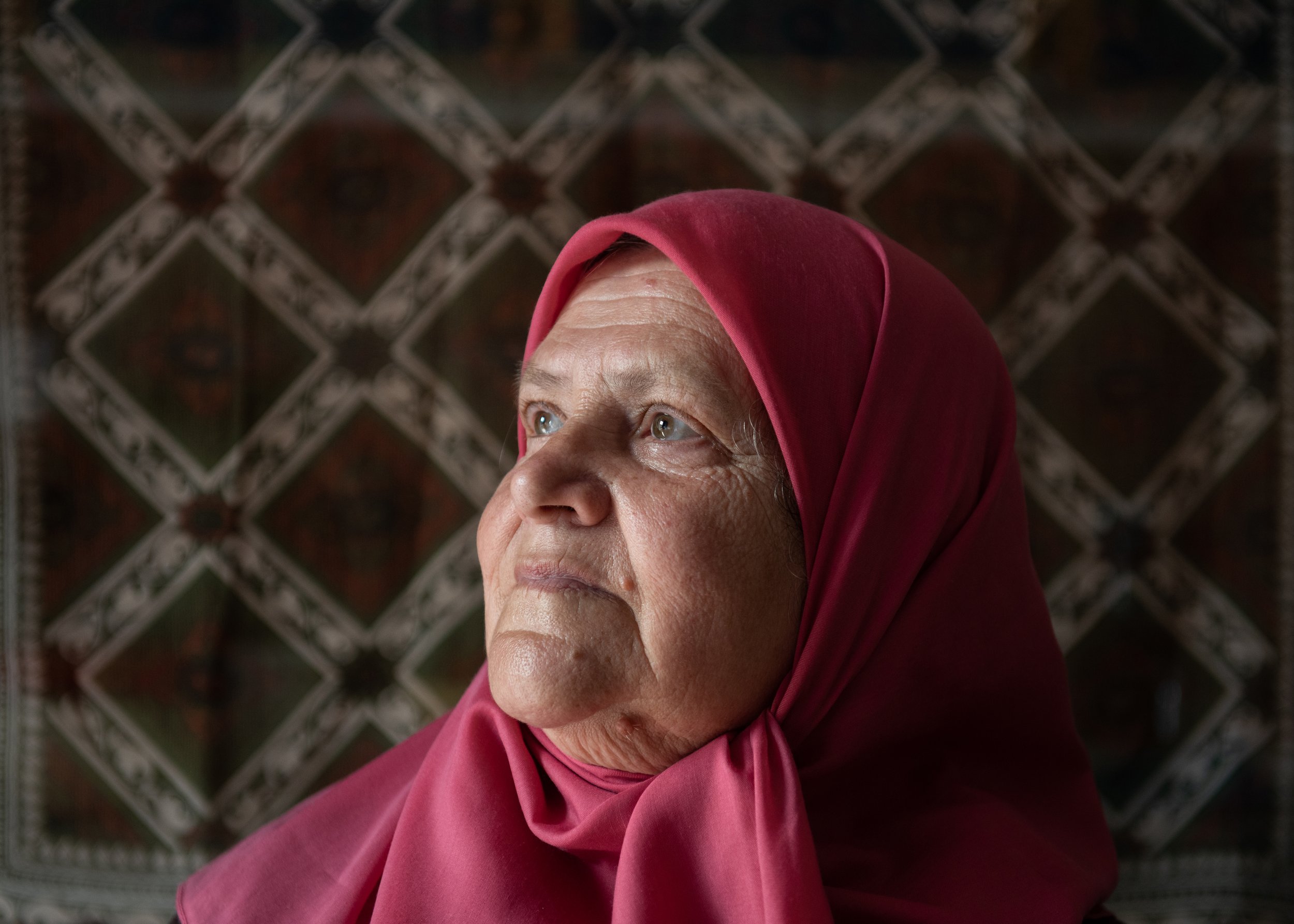
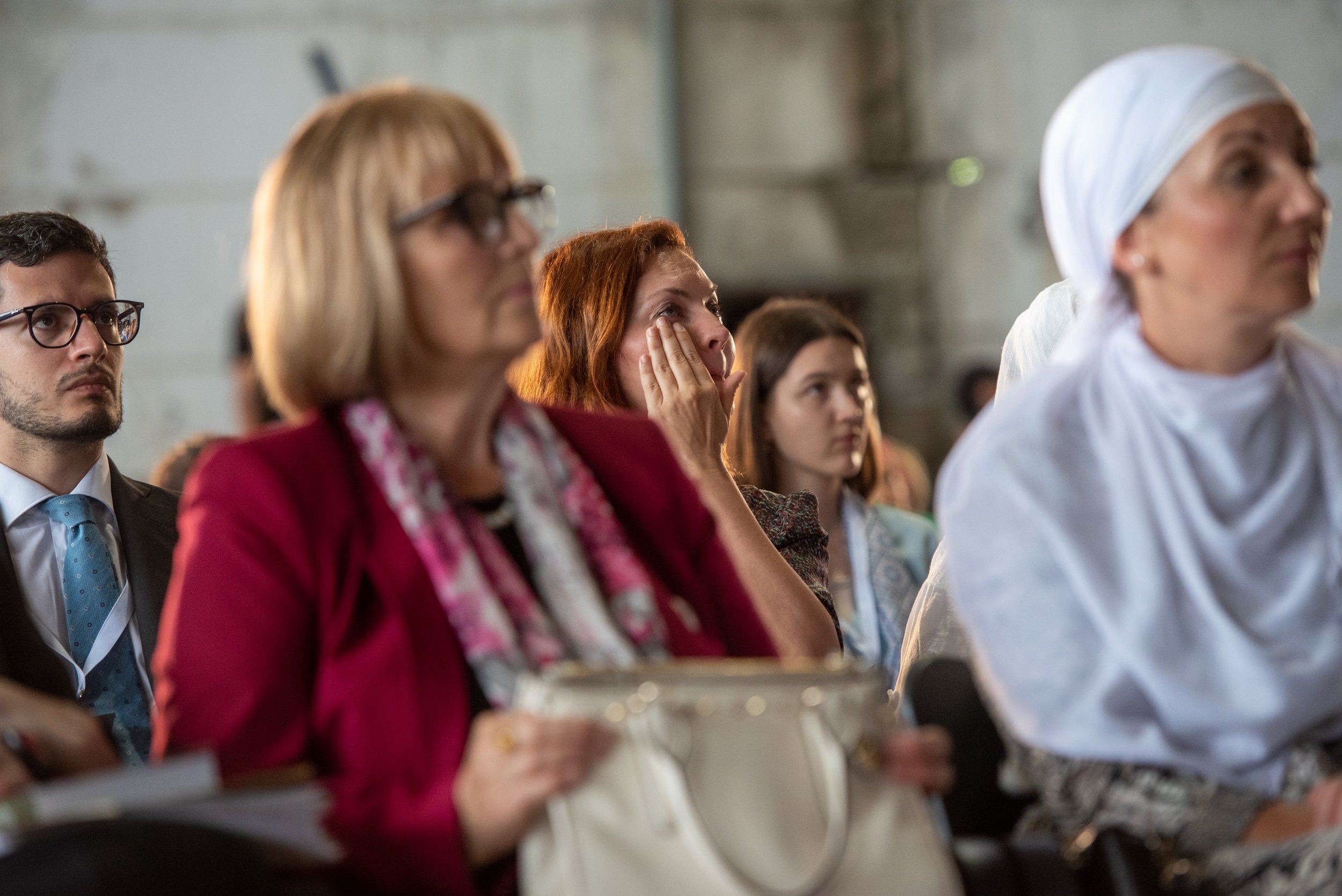
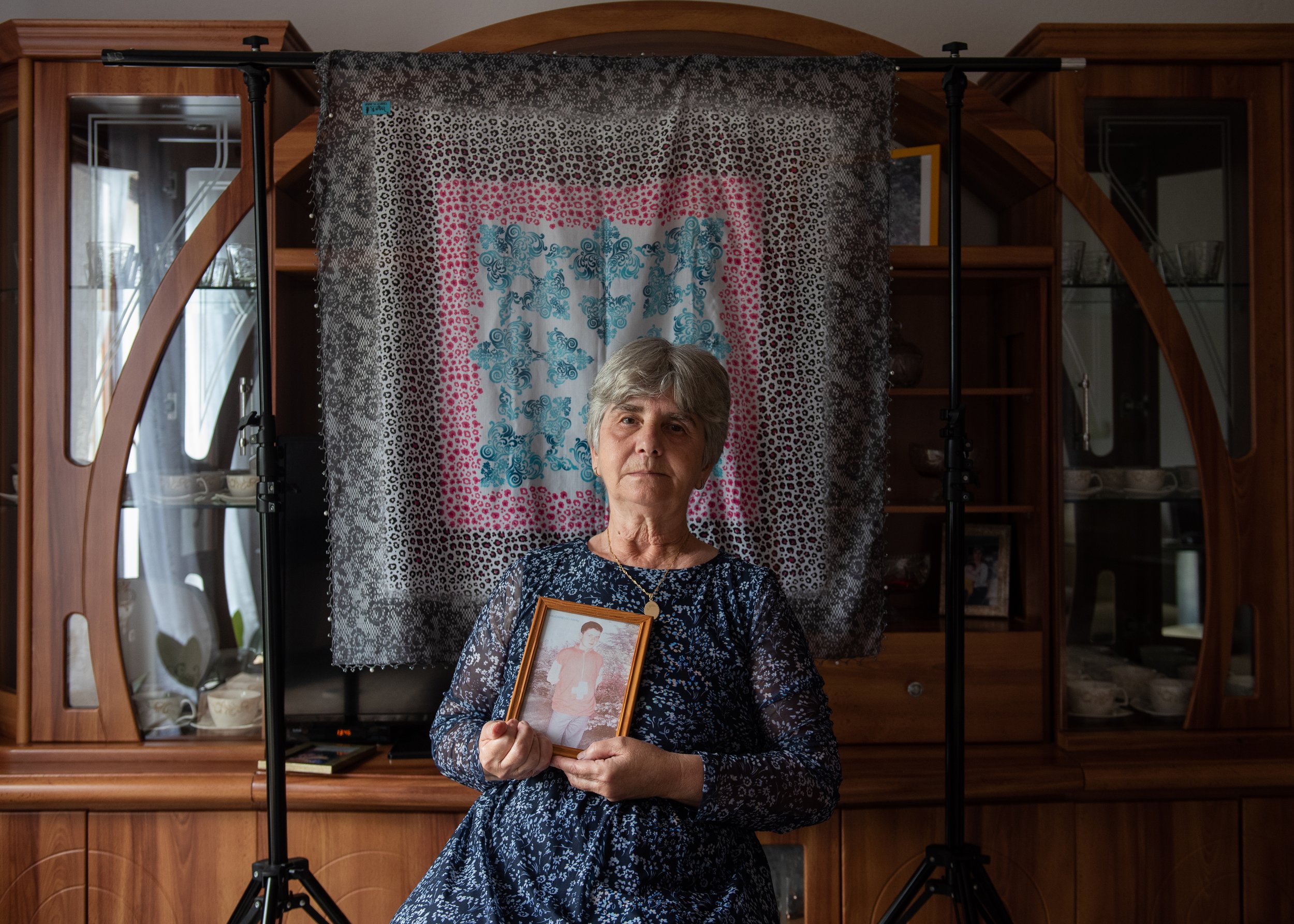
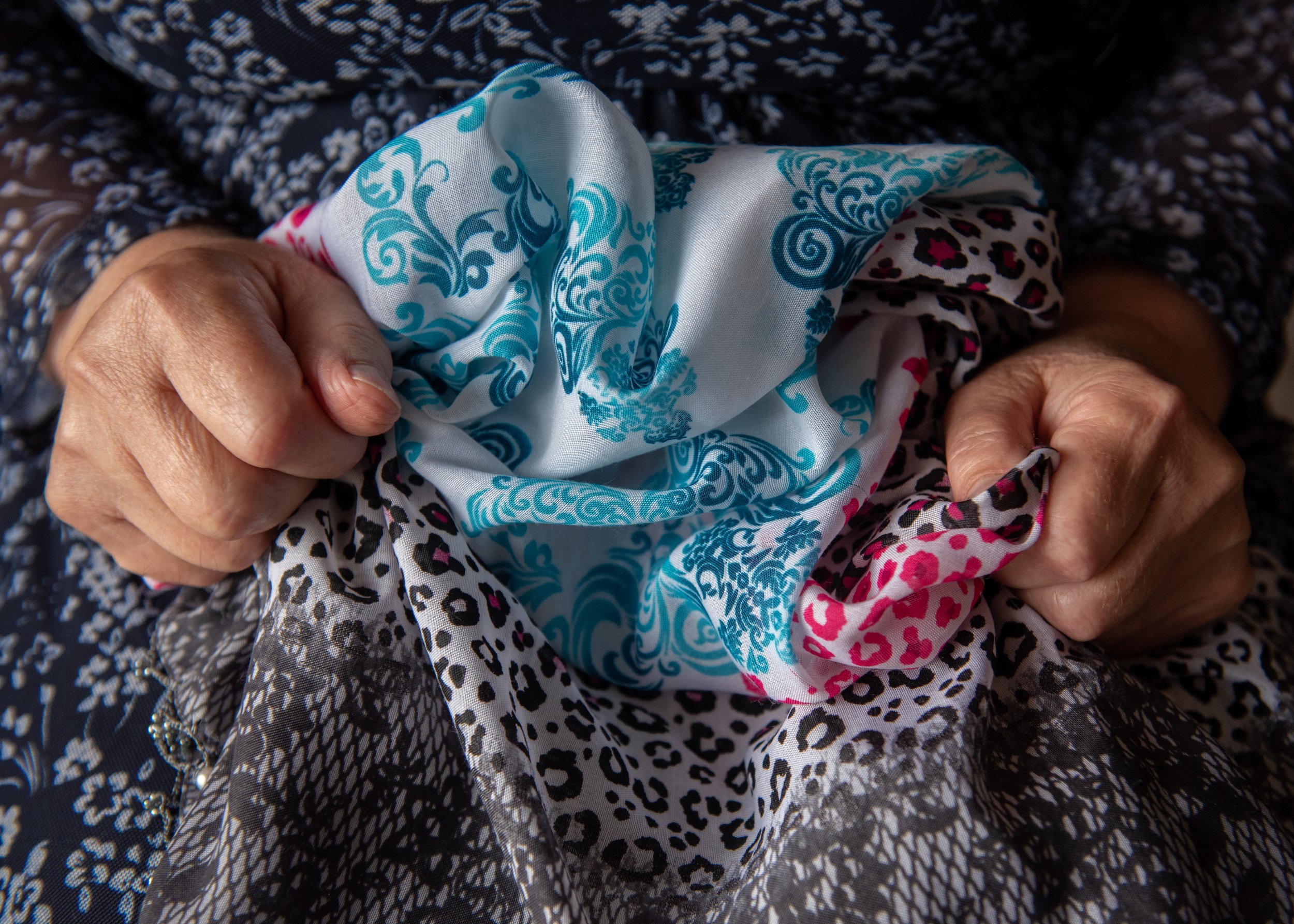
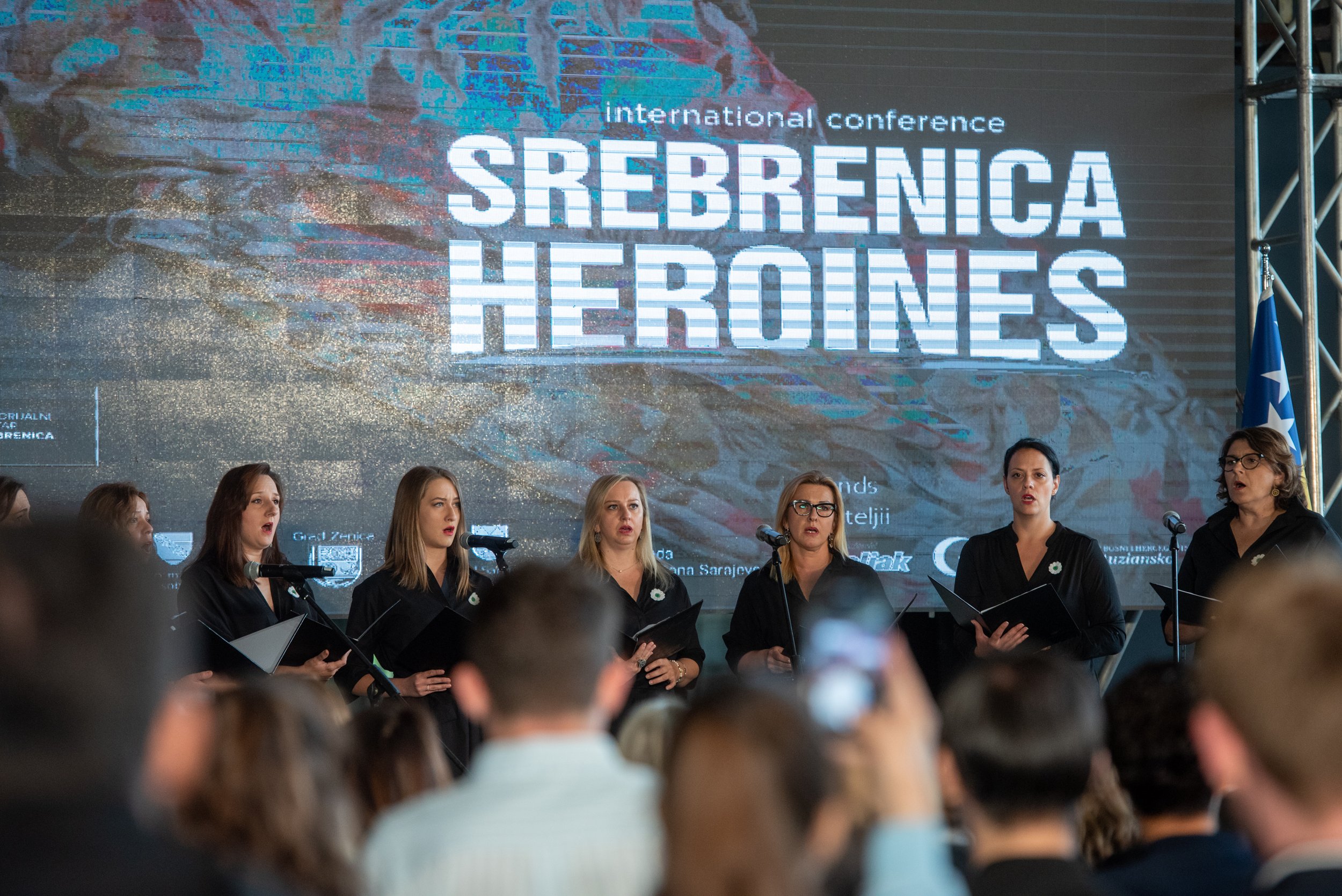
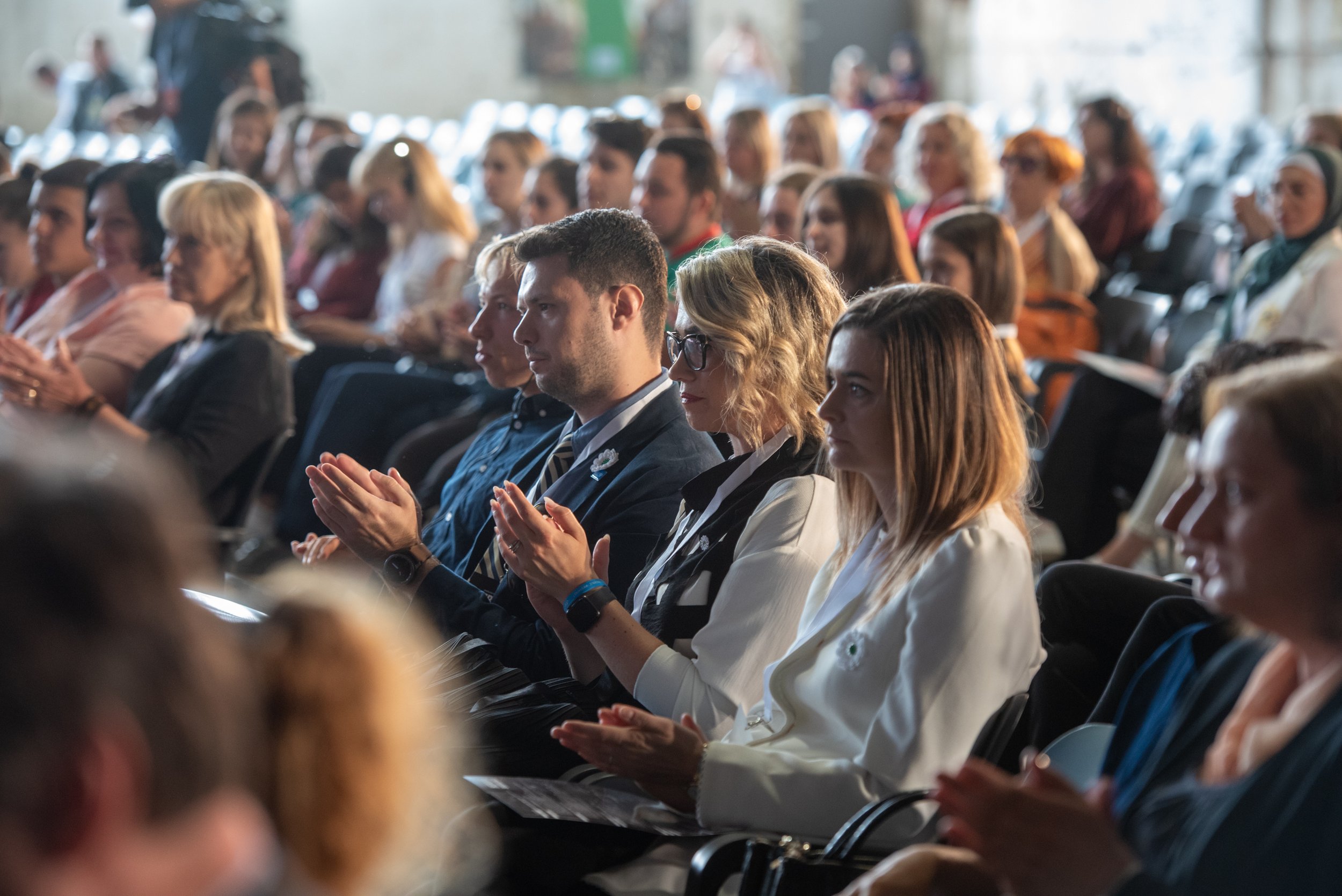
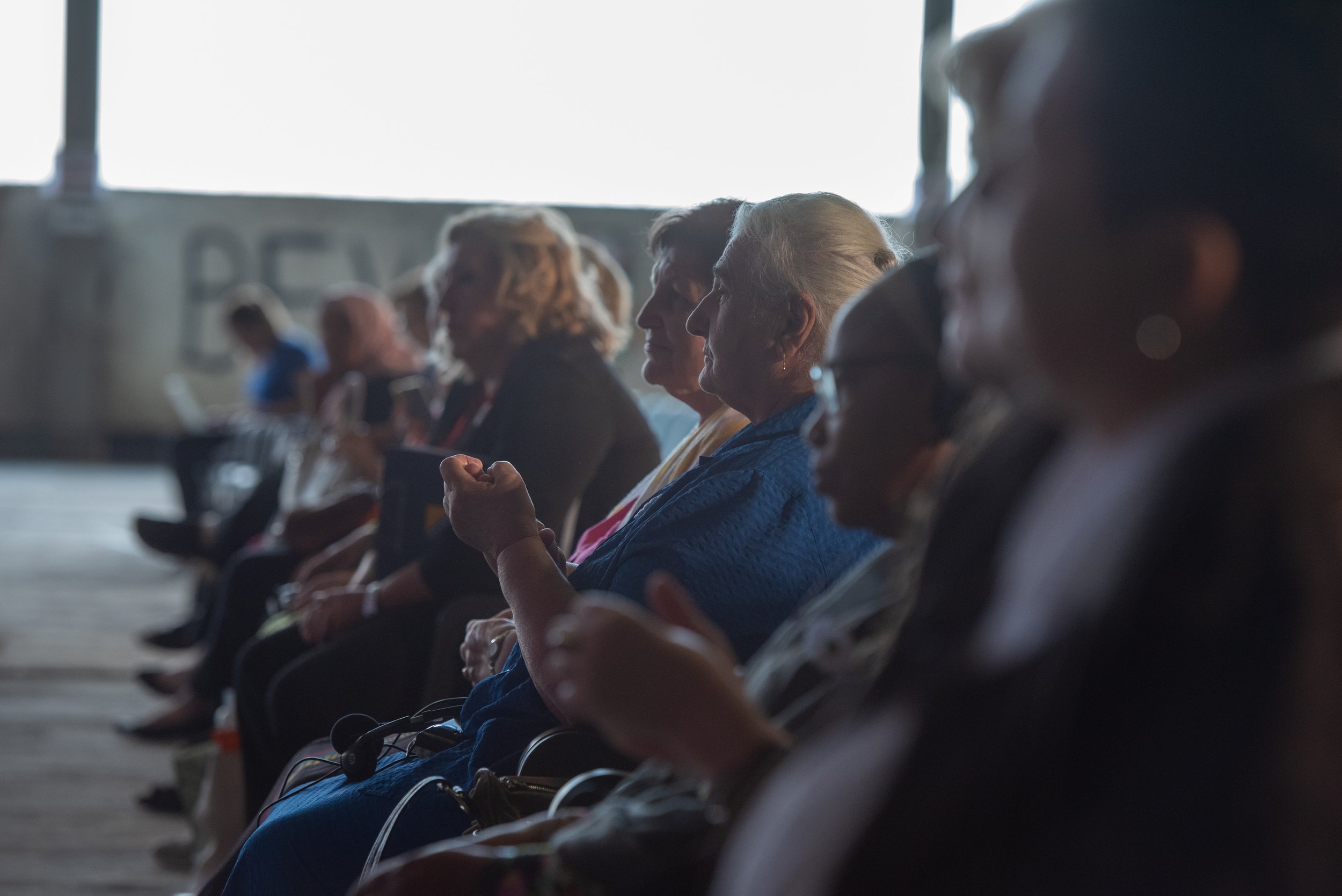
Mujer Migrante, Lucha Constante (Migrant Woman, Constant Struggle)
This short documentary takes us behind the scenes of “Orgullosa de Ti,” a contemporary dance performance by the Dance Conservatory of Mexico in collaboration with the migrant shelter Espacio Migrante. It begins with footage and testimonies from a dance workshop at the shelter, where participants wrote messages of encouragement to other migrant women, and then translated those messages into movement. The documentary then highlights scenes of the filmed and live performances of “Orgullosa de Ti” which was a public adaptation by ballerinas at the dance conservatory in Tijuana of the migrant women’s messages-in-movement. We hear from migrant women as they interpret the meaning and significance of the performance and of dance in their lives.
WRAW Workshop, December 2021
Inspiration Wall
Collage Workshop with Lares Feliciano
Collage Workshop with Lares Feliciano
“Women’s Quotas” by Dhana Hamal
“Climate Realities” by Milli Lake
“Wildfire” by Luisa Salazar Escalante
“Galaxies” by Marie Berry
“Plant Futures” by Dhana Hamal
“Women in the world” by Sinduja Raja
Vision Jars


